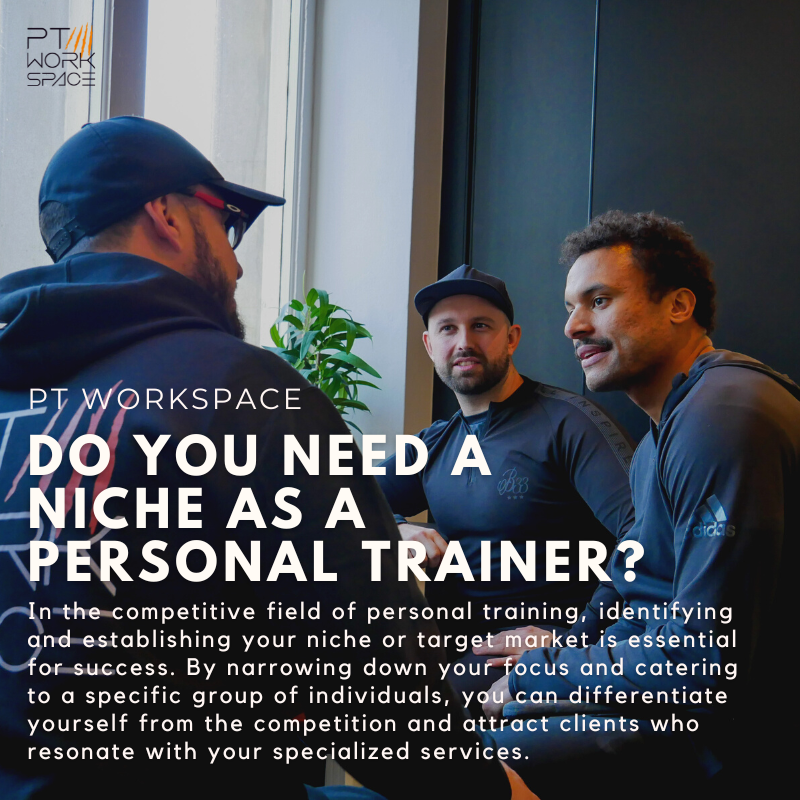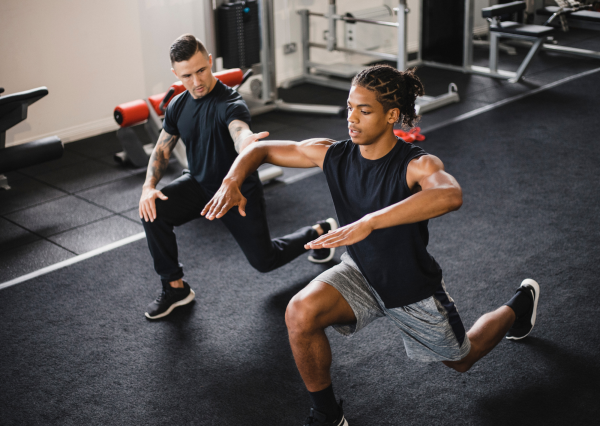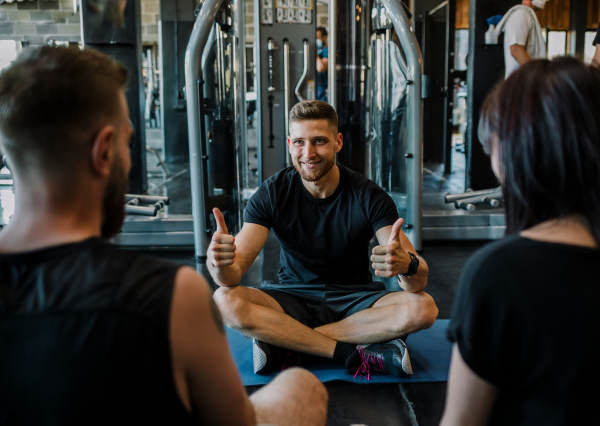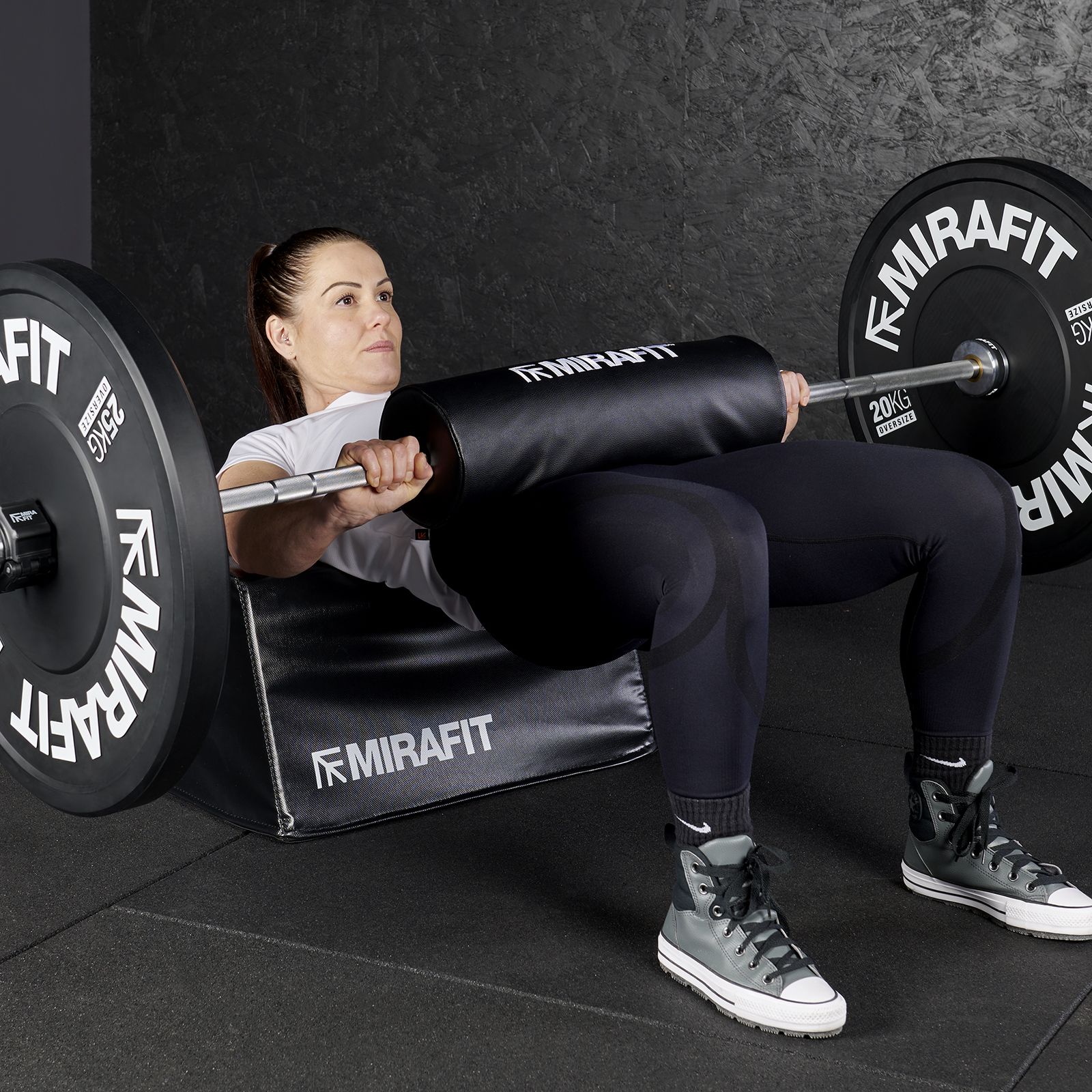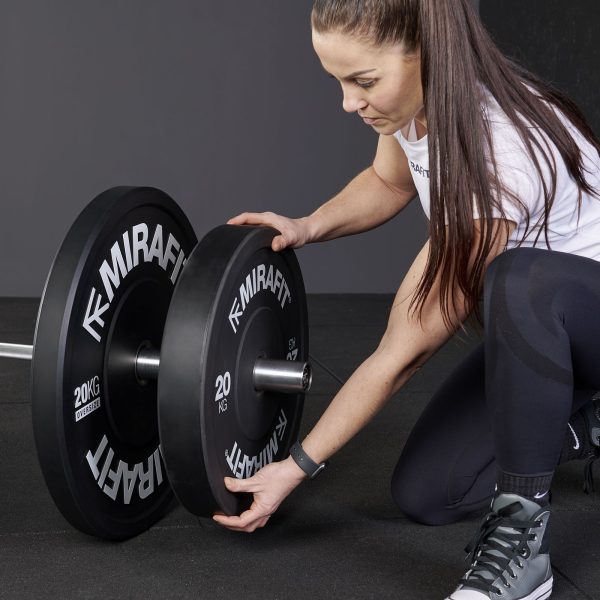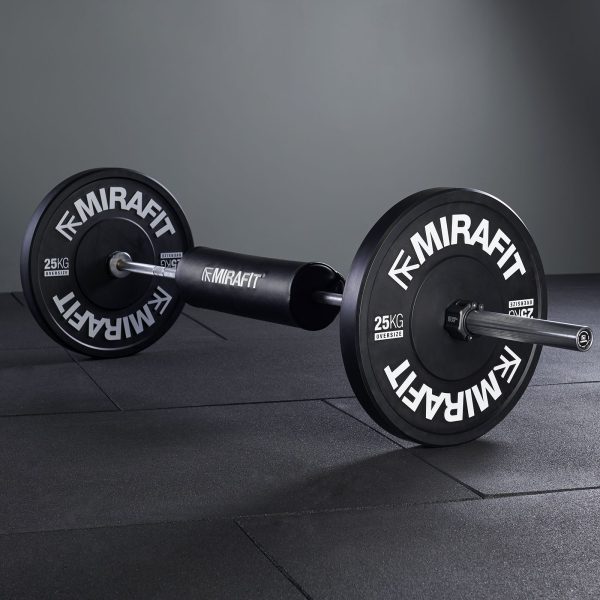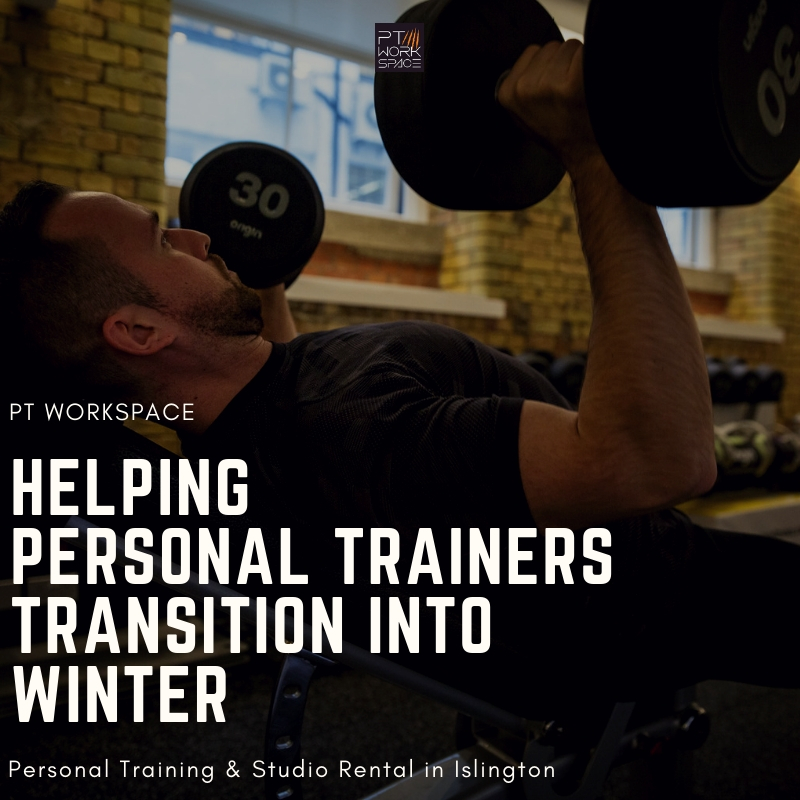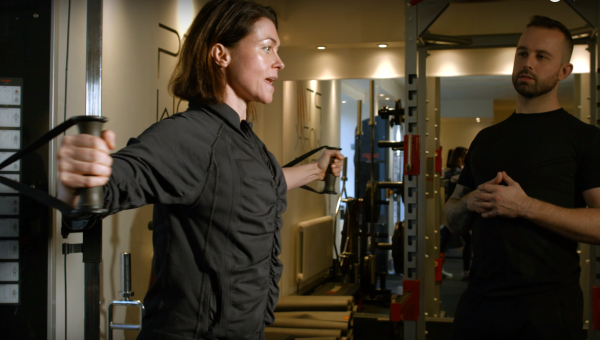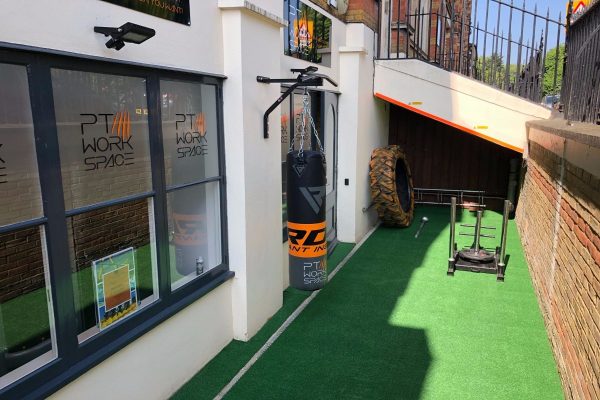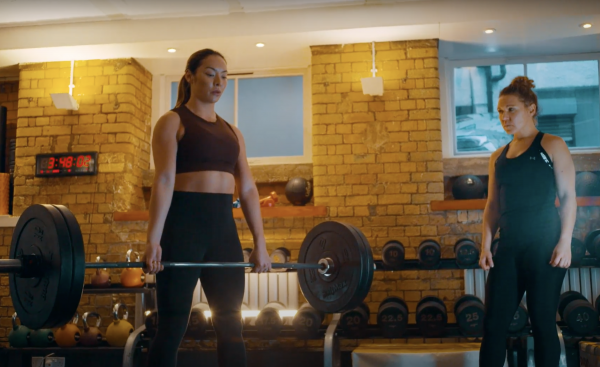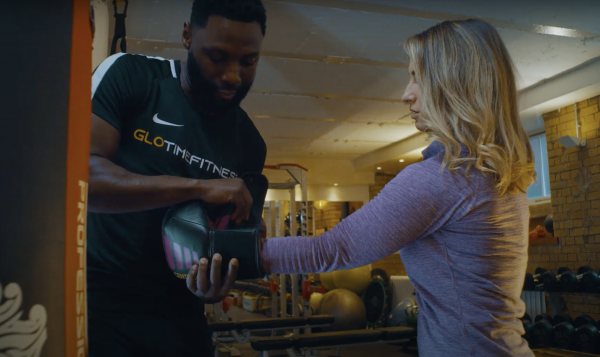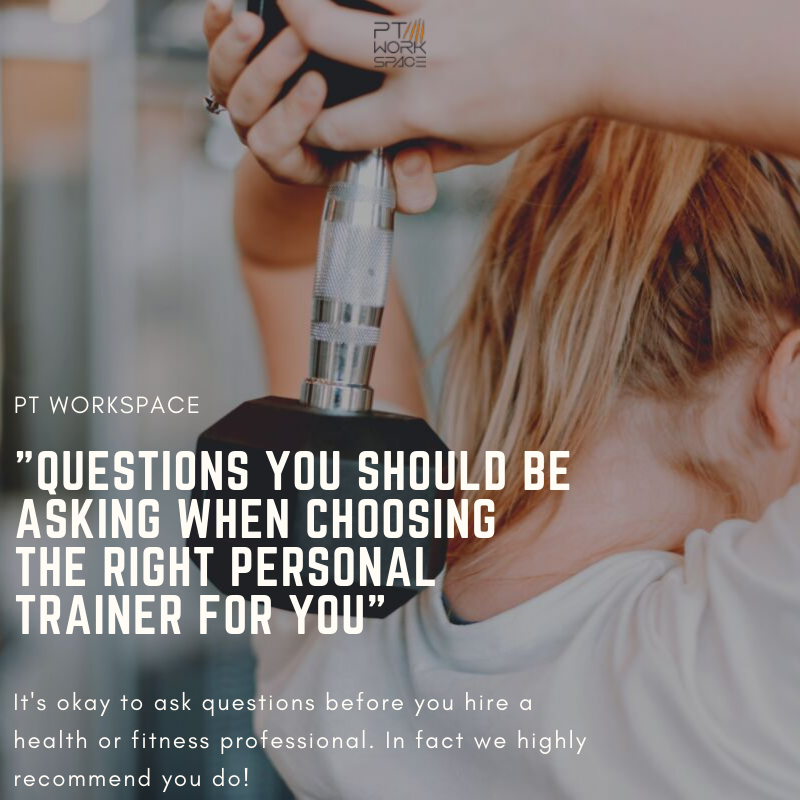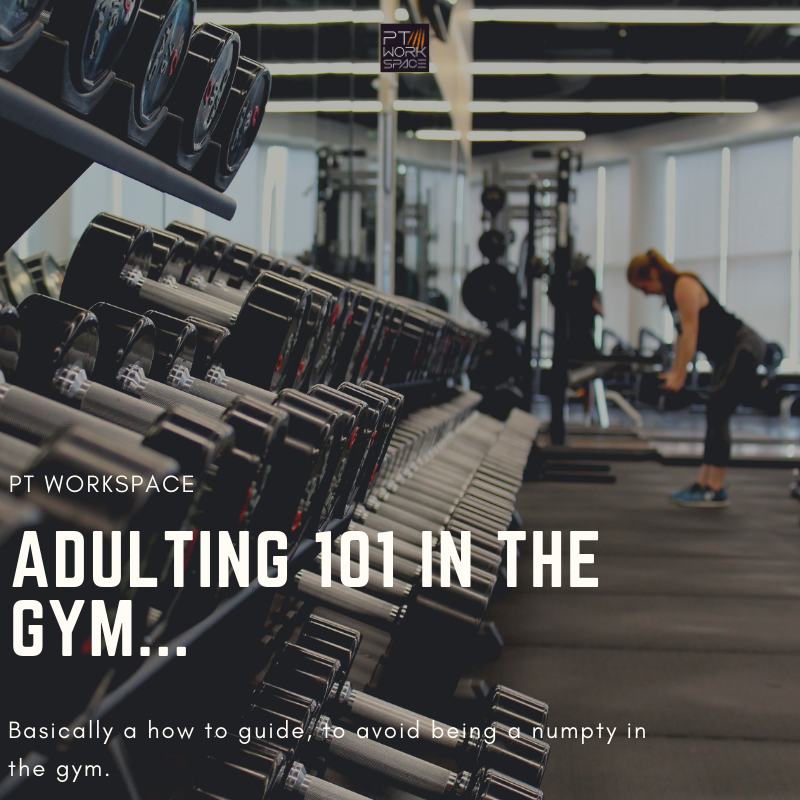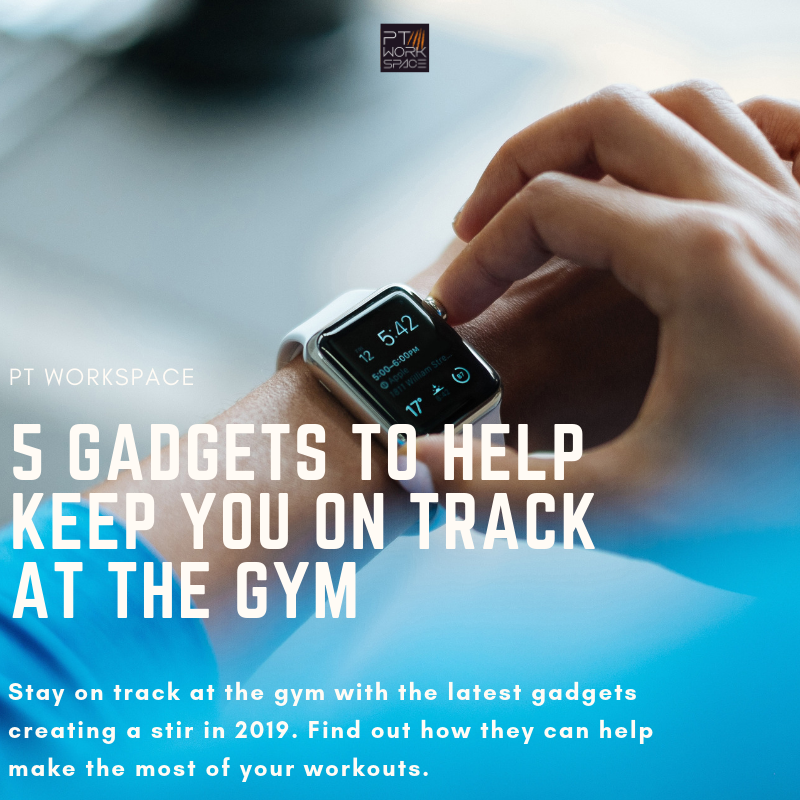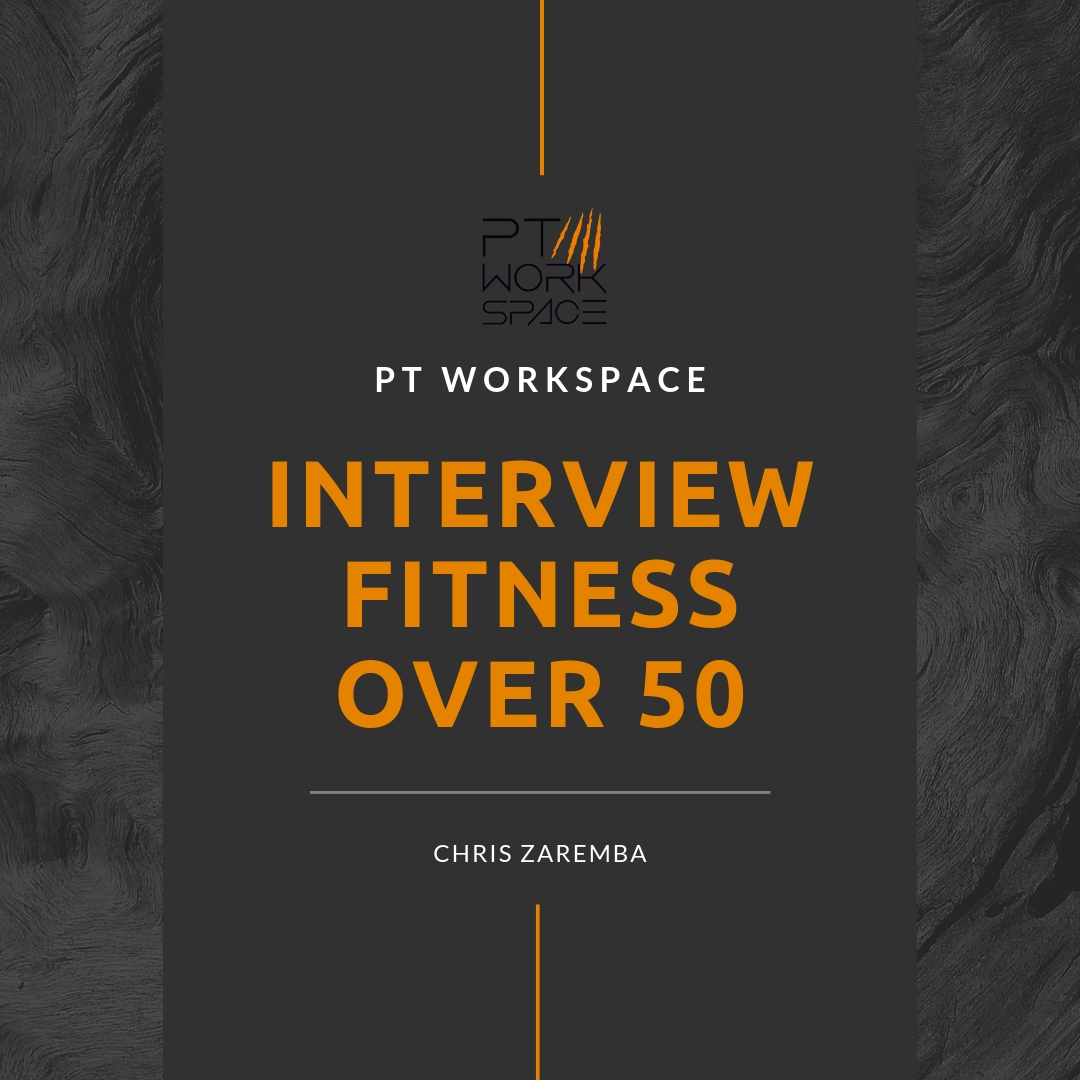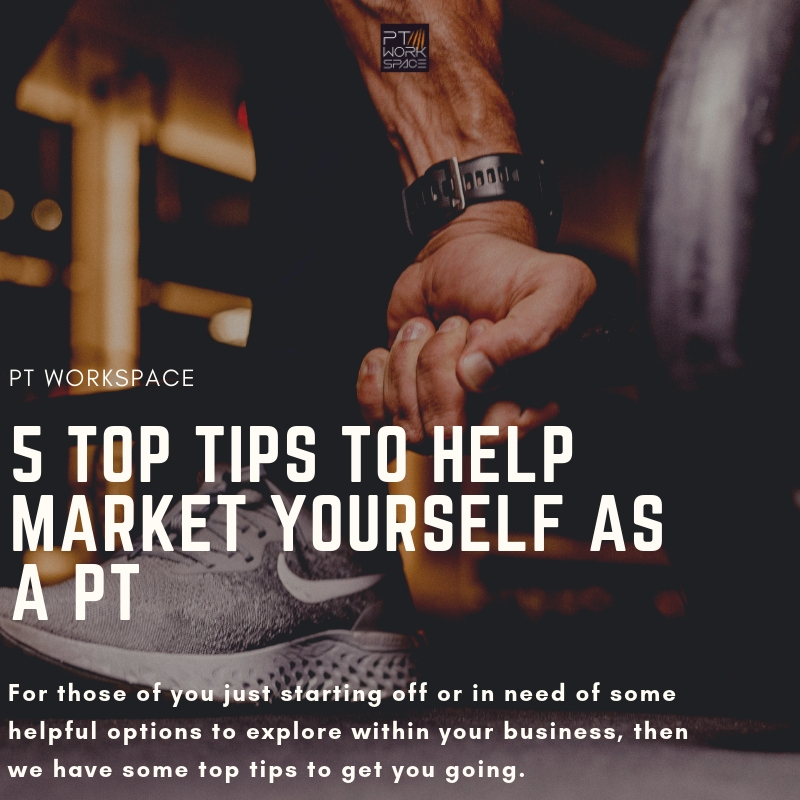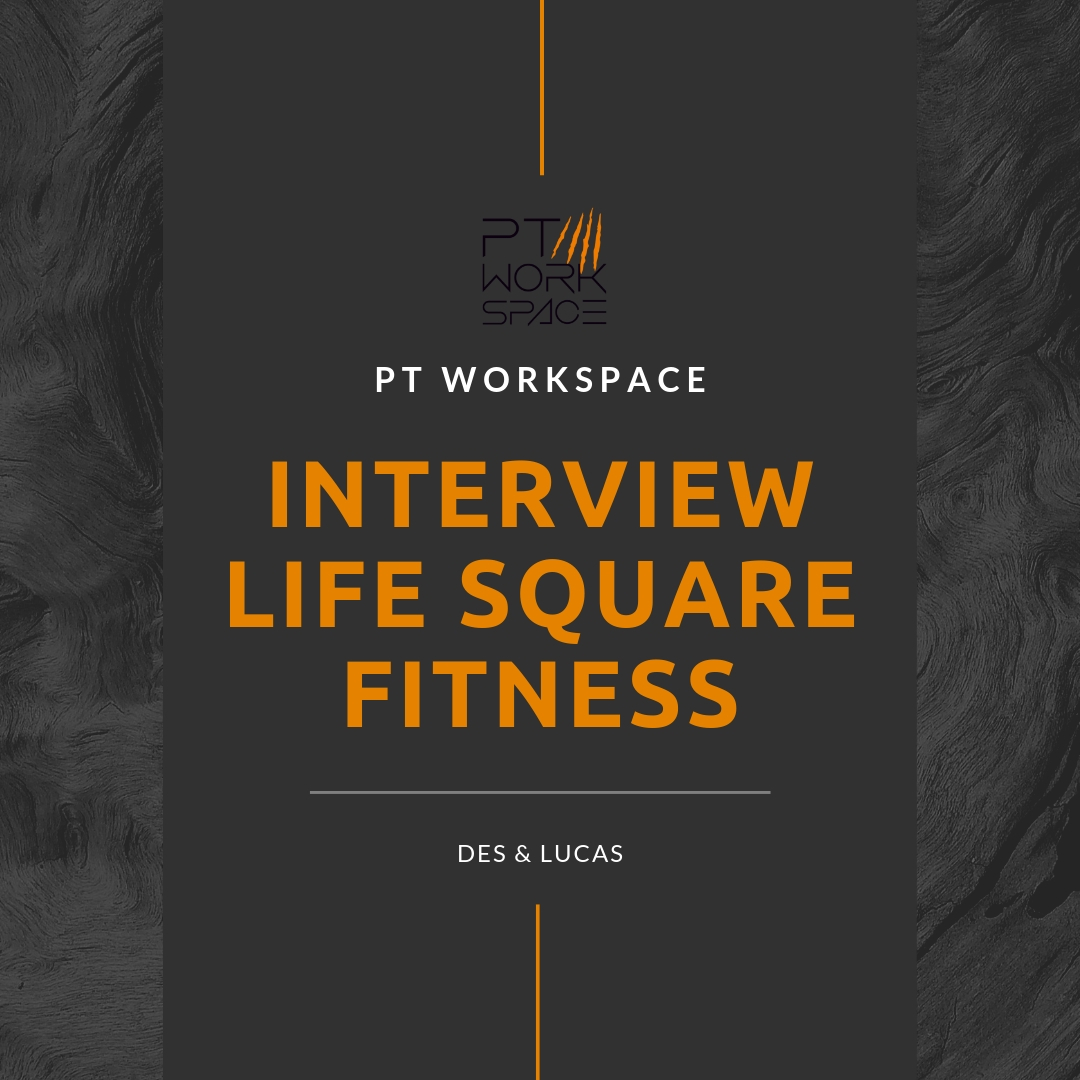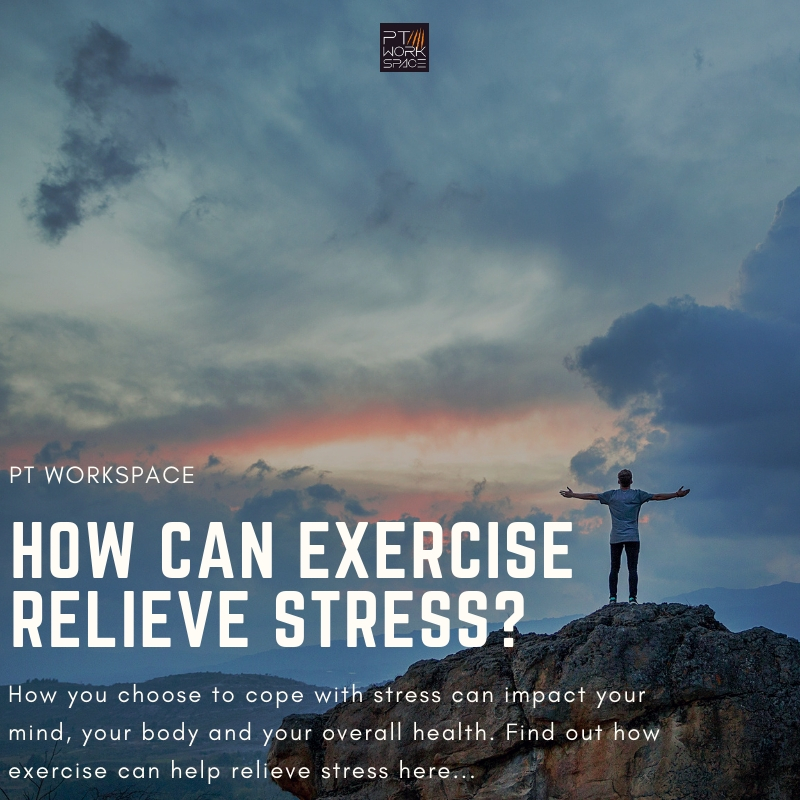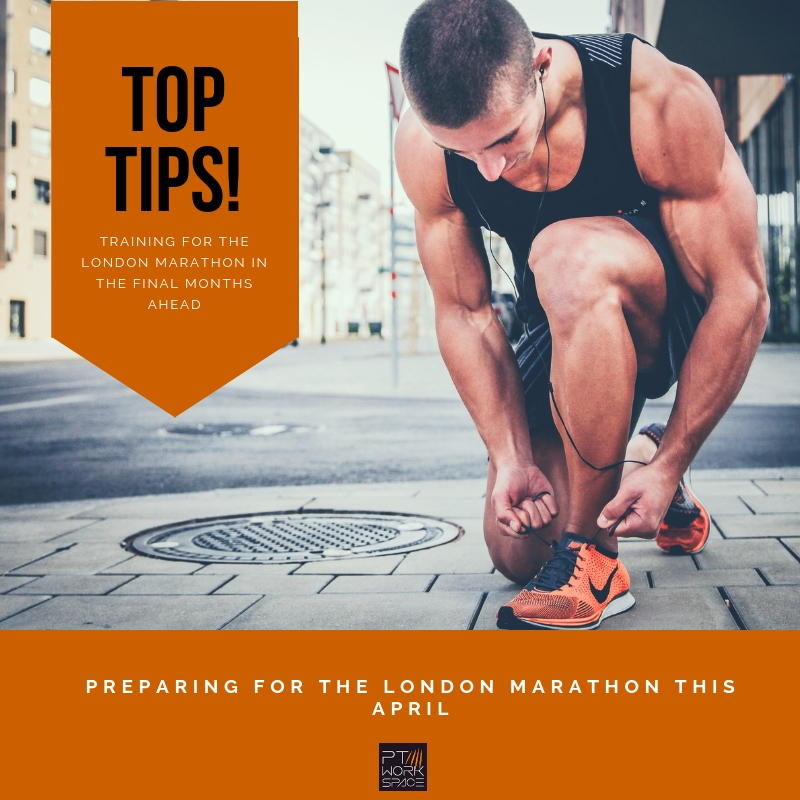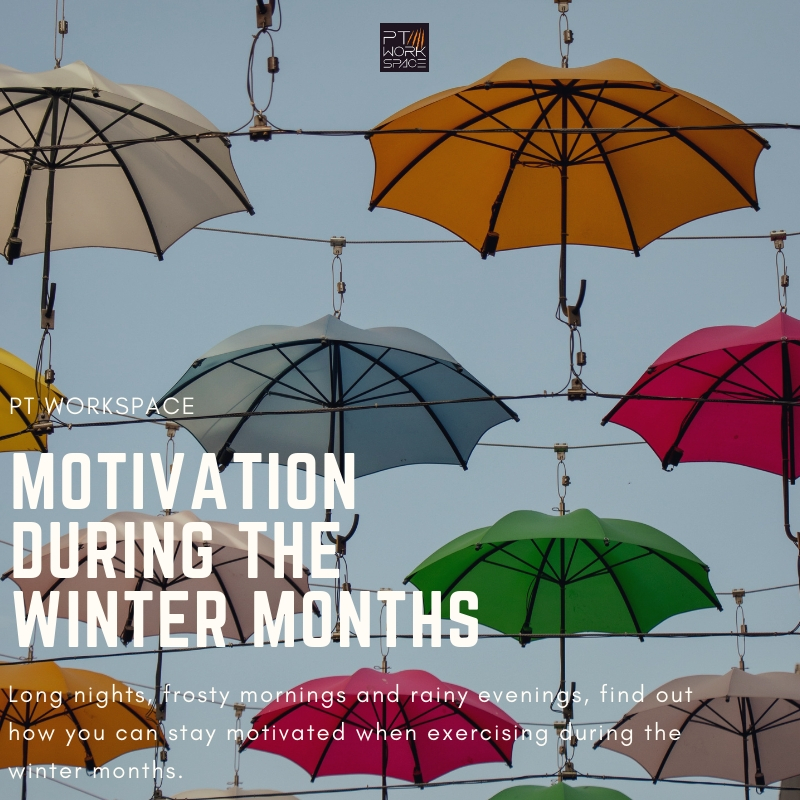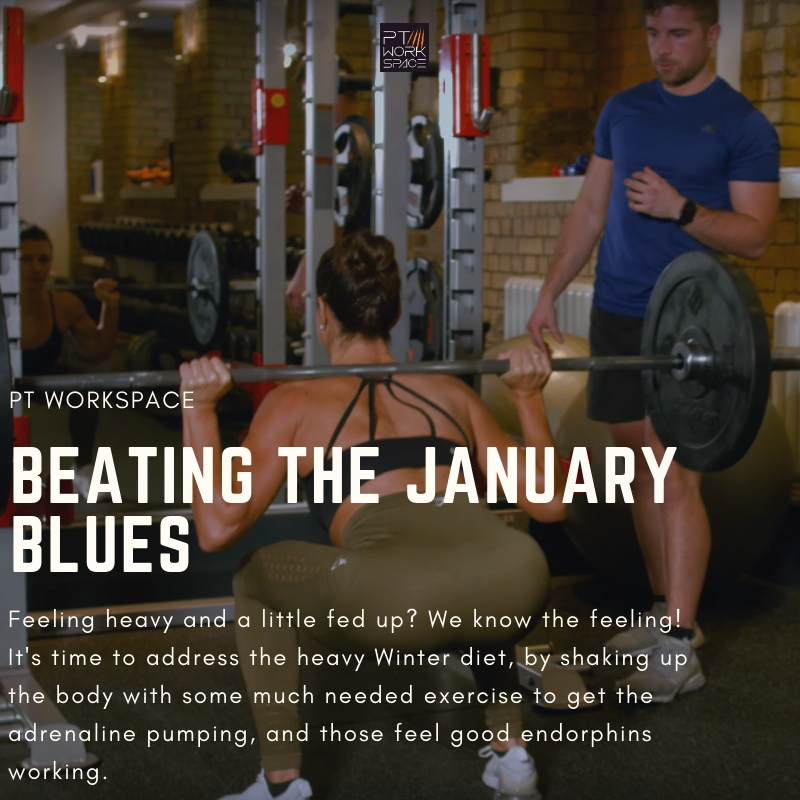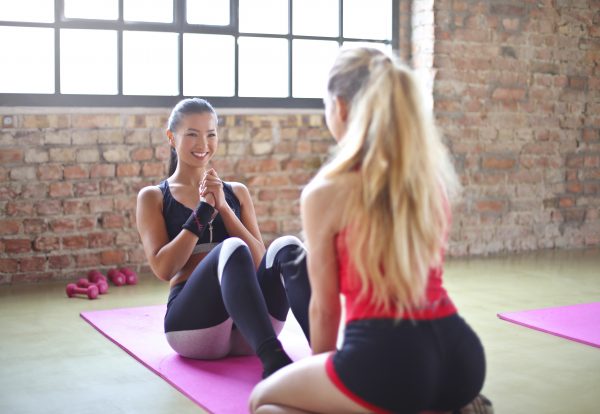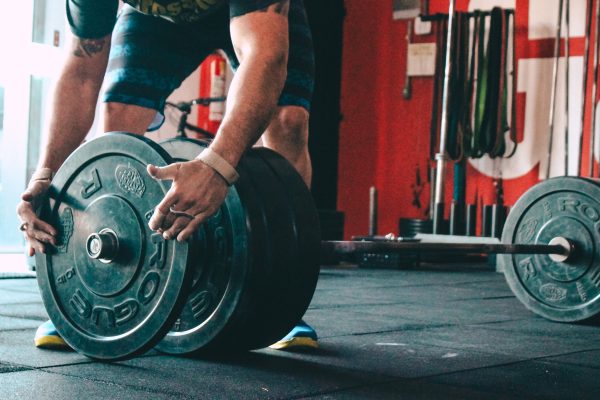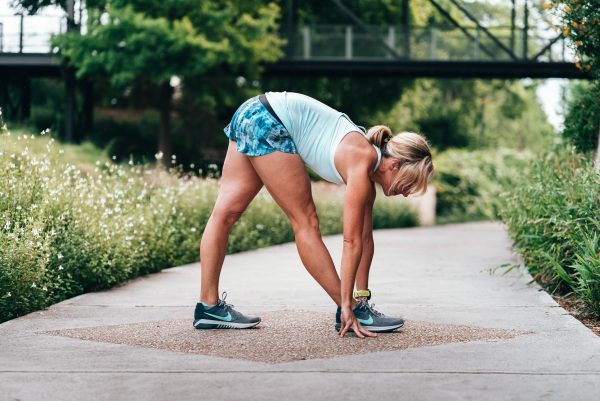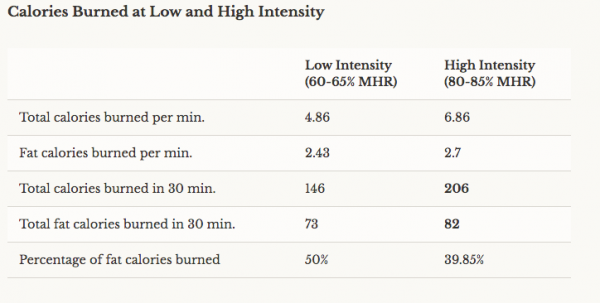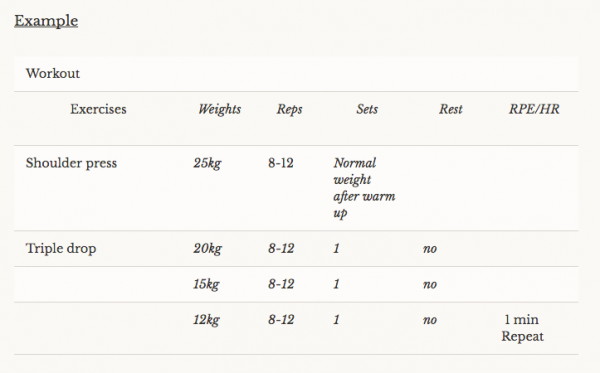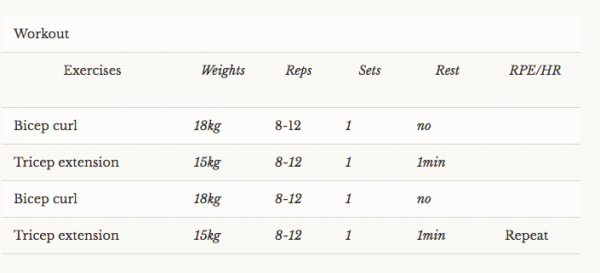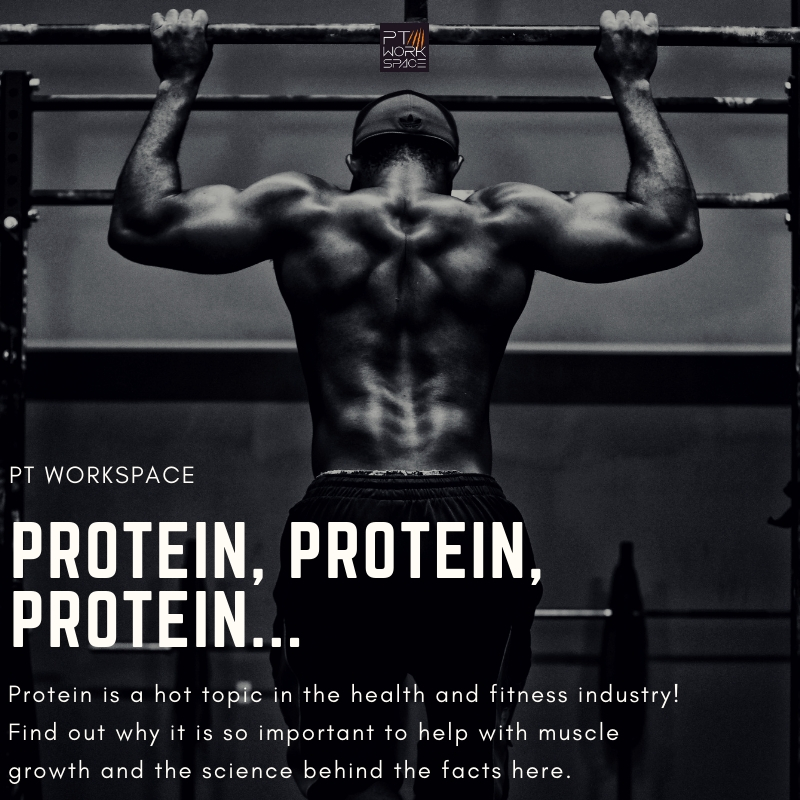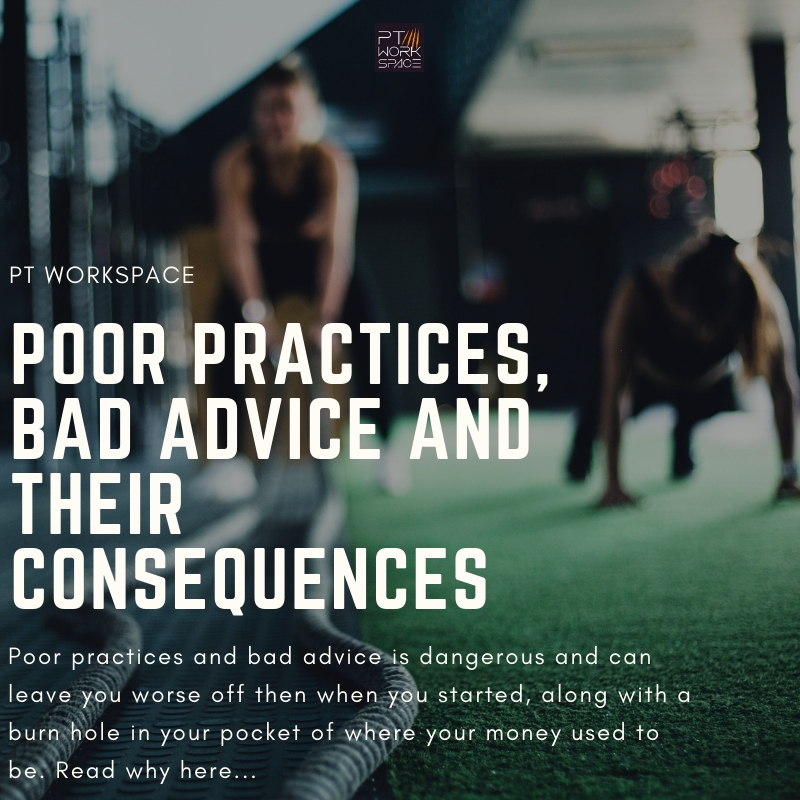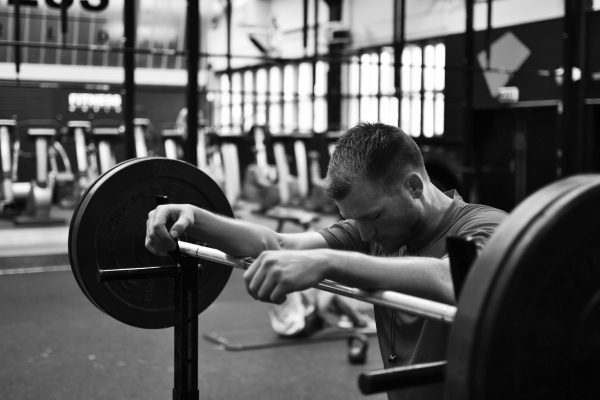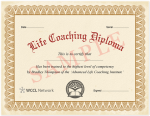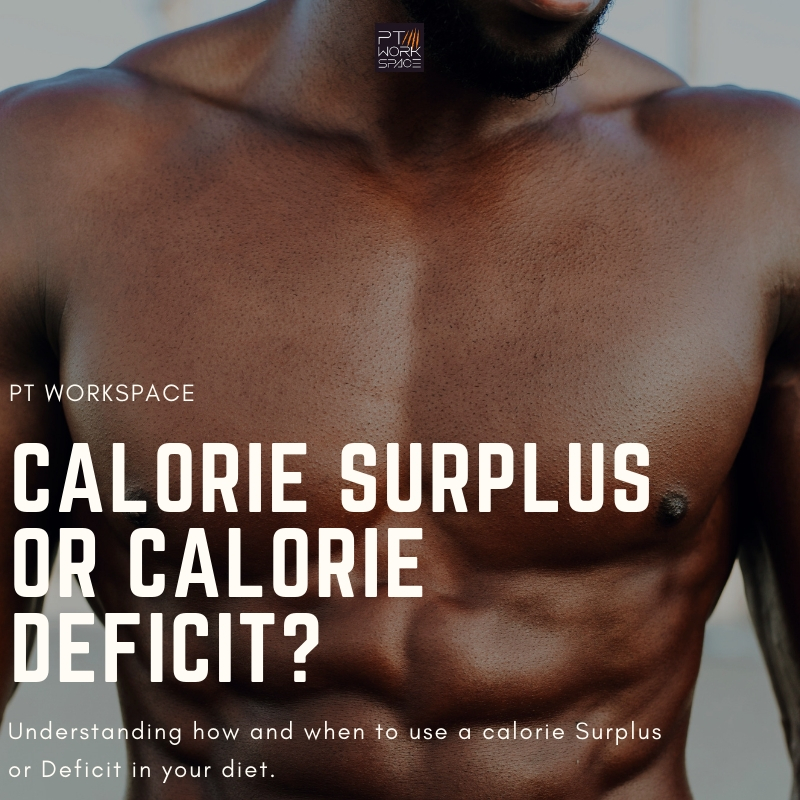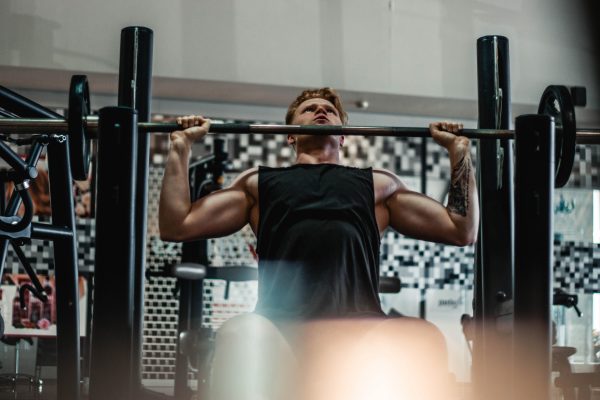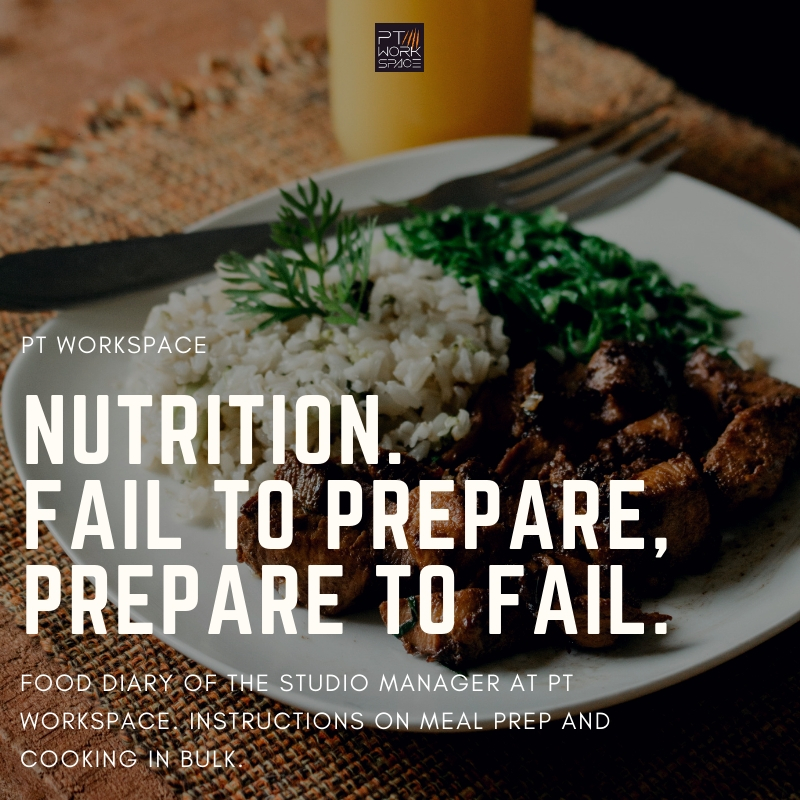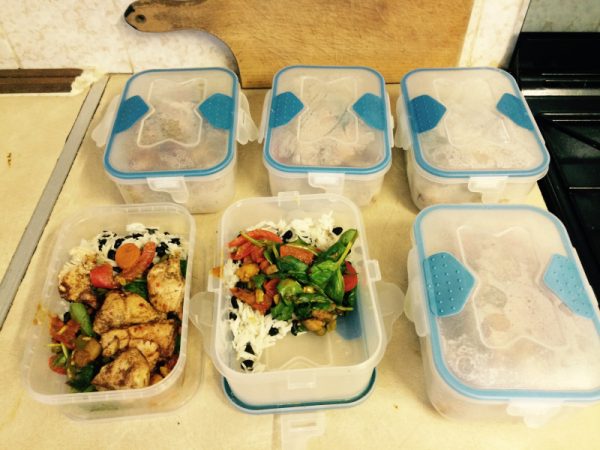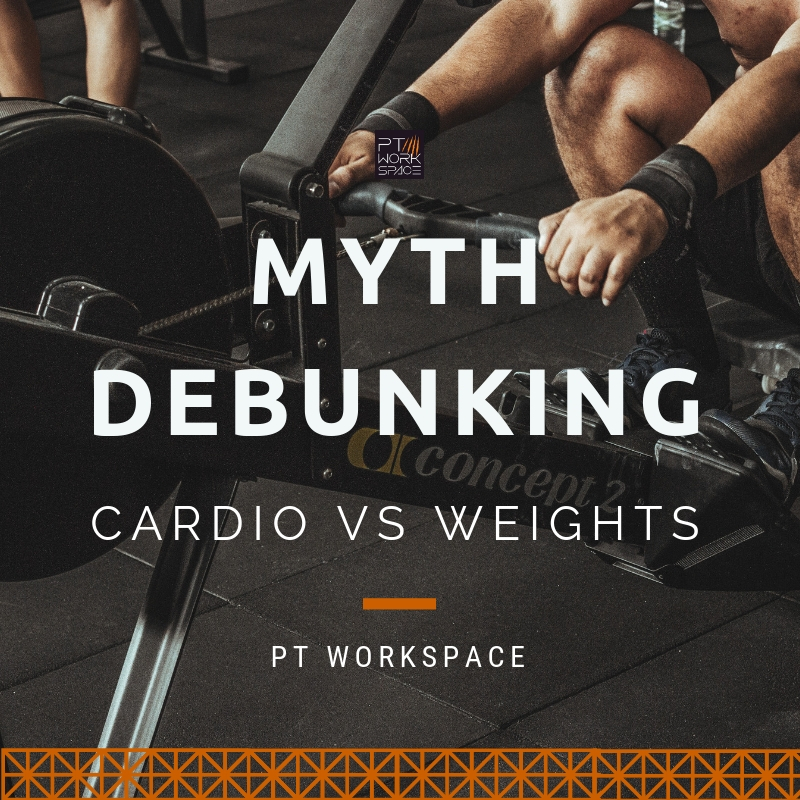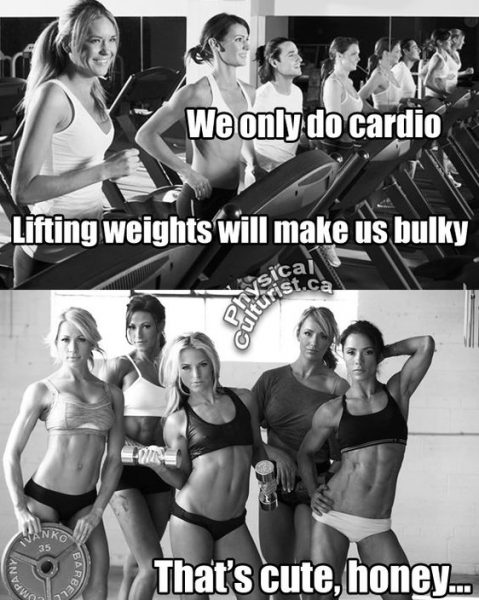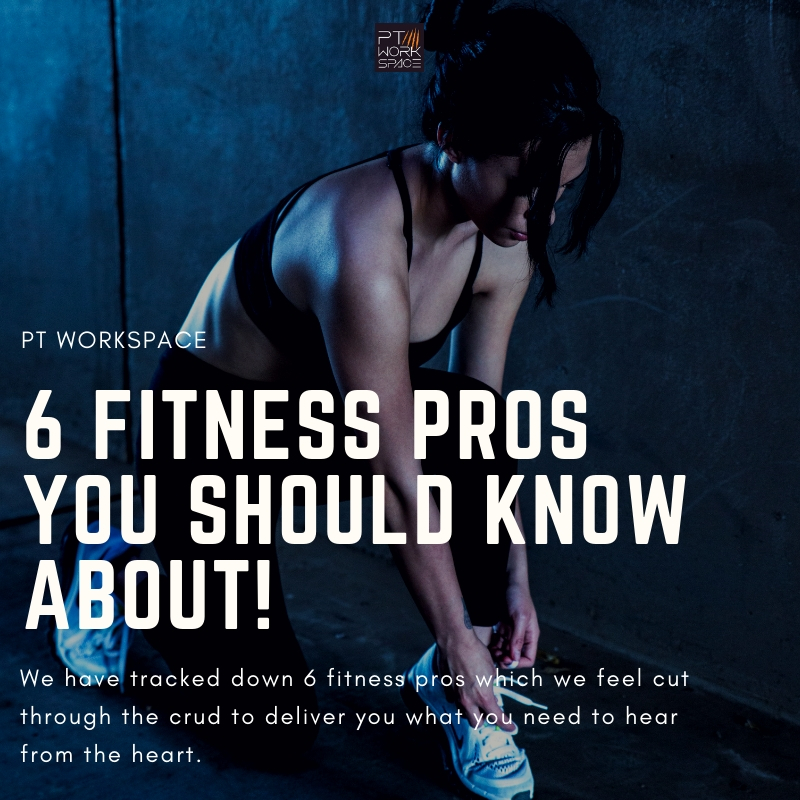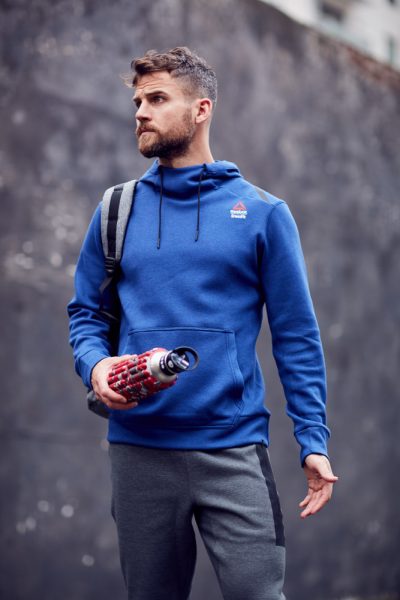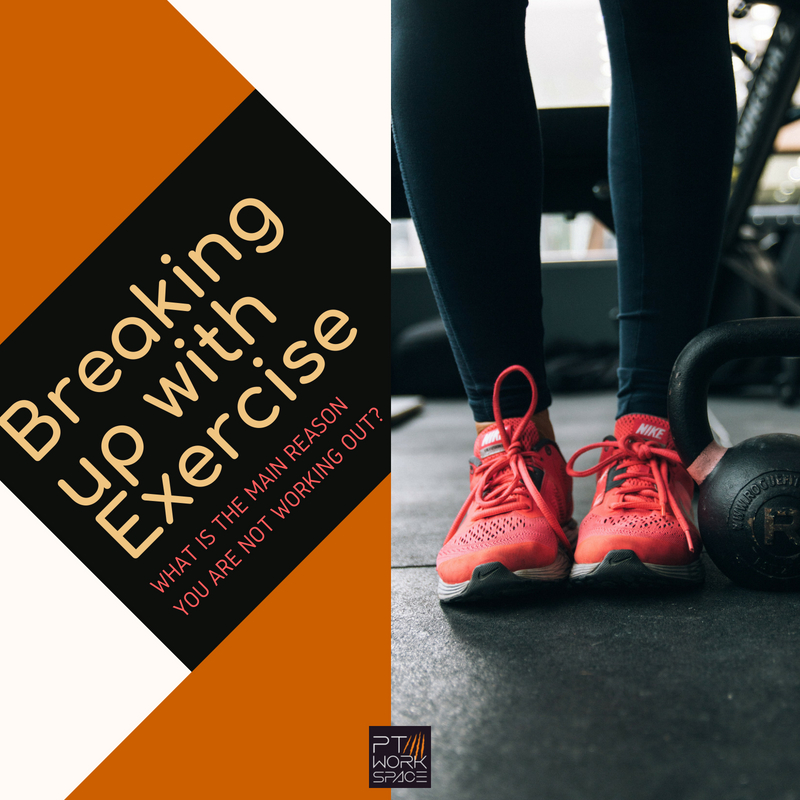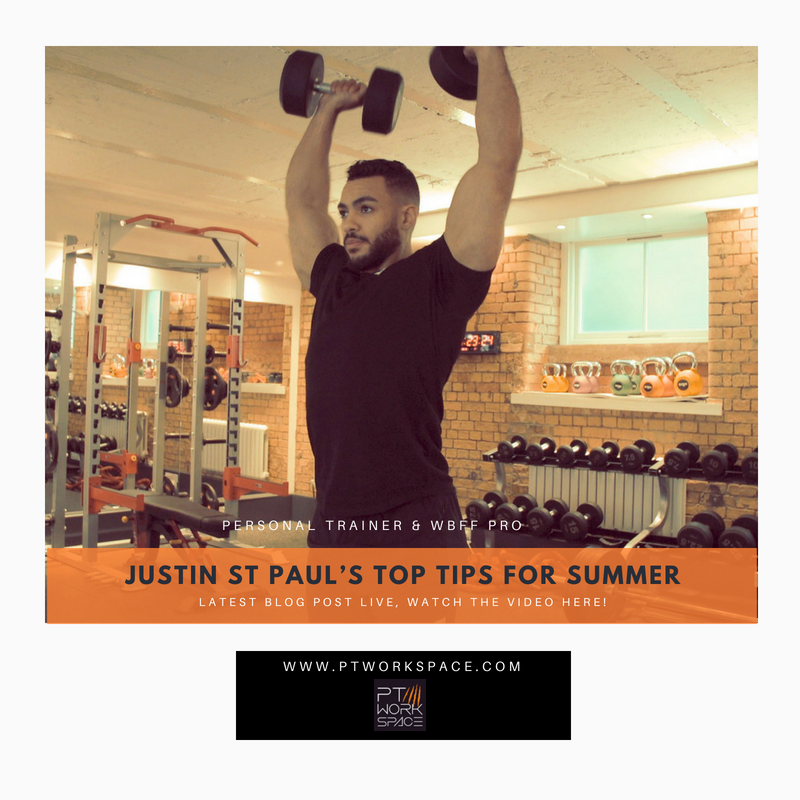10 Proven Strategies to Attract New Leads for Personal Trainers
As a personal trainer, attracting new leads is essential for the growth and success of your business. Whether you’re just starting or looking to expand your client base, implementing effective strategies to attract potential customers is crucial. In this article, we will explore ten proven strategies that can help you attract new leads and convert them into loyal clients.
1. Introduction
In the competitive fitness industry, it’s vital for personal trainers to stay ahead by continually attracting new leads. This article will provide you with valuable insights and strategies to help you expand your reach, increase visibility, and generate more leads.
2. Define the Importance of Attracting New Leads for Personal Trainers
Attracting new leads is the lifeblood of any personal training business. Without a steady stream of potential clients, it becomes challenging to sustain and grow your business. By implementing effective lead generation strategies, you can ensure a consistent flow of interested individuals who are likely to become paying customers.
3. Understand Your Target Audience
Before diving into lead generation tactics, it’s essential to have a clear understanding of your target audience. Identify their demographics, interests, and pain points. This knowledge will help you tailor your marketing efforts and messaging to resonate with your ideal clients.
![]()
4. Develop a Strong Online Presence
In today’s digital age, having a strong online presence is crucial for personal trainers. Here are some effective strategies to build and enhance your online presence:
- Utilize Social Media Platforms: Identify the social media platforms where your target audience is most active and establish a presence there. Share valuable content, engage with your audience, and use relevant hashtags to increase your visibility.
- Create Engaging Content: Develop high-quality content that educates, inspires, and entertains your audience. Blog posts, videos, and infographics are great formats to showcase your expertise and attract potential clients.
- Optimize Your Website: Ensure that your website is user-friendly, visually appealing, and optimized for search engines. Include relevant keywords, create informative landing pages, and make it easy for visitors to contact you or schedule appointments.
5. Implement Email Marketing Campaigns
Email marketing remains one of the most effective ways to nurture leads and convert them into paying clients. Build an email list by offering valuable free resources such as e-books, workout plans, or nutrition guides. Send regular newsletters, personalized recommendations, and exclusive promotions to keep your subscribers engaged and interested in your services.
6. Offer Valuable Free Resources
Providing valuable free resources establishes trust and positions you as an authority in your field. Create informative blog posts, videos, or podcasts that address common fitness-related questions and challenges. By offering valuable content without asking for anything in return, you can attract potential leads who will be more likely to engage with your paid services.
7. Network and Collaborate with Industry Professionals
Networking and collaborating with other professionals in the fitness industry can significantly expand your reach and attract new leads. Partner with complementary businesses such as nutritionists, wellness coaches, or physical therapists to offer joint services or cross-promote each other’s offerings. Attend industry conferences, events, or webinars to connect with like-minded individuals and establish valuable relationships.
8. Leverage Online Advertising
Online advertising can be a powerful tool to attract new leads quickly. Platforms like Google Ads, Facebook Ads, or Instagram Ads allow you to target specific demographics, interests, and locations. Create compelling ad campaigns that highlight your unique selling propositions, such as personalized training programs, transformation stories, or special promotions.
9. Use Testimonials and Case Studies
Testimonials and case studies are excellent social proof that can convince potential leads to choose your services. Reach out to satisfied clients and ask for their feedback or success stories. Showcase these testimonials on your website, social media, or promotional materials to build trust and credibility with your target audience.
10. Offer Introductory Sessions or Promotions
To attract new leads, consider offering introductory sessions or promotions. This allows potential clients to experience your services at a reduced cost or for free. By providing a taste of what you offer, you can demonstrate the value you bring and encourage them to continue as paying clients.
11. Provide Exceptional Customer Service
Delivering exceptional customer service is vital for attracting and retaining clients. Focus on building strong relationships, providing personalized attention, and exceeding expectations. Happy clients are more likely to refer their friends and family, further expanding your client base through word-of-mouth.
12. Track and Analyze Your Results
To ensure the effectiveness of your lead generation strategies, track and analyze the results. Monitor website traffic, email open rates, social media engagement, and conversion rates. Identify what works well and what needs improvement, and adapt your strategies accordingly to optimize your lead generation efforts.
13. Conclusion
Attracting new leads is an ongoing process that requires dedication, creativity, and adaptability. By implementing these ten proven strategies, you can expand your reach, increase visibility, and attract potential clients to grow your personal training business. Remember to stay consistent, monitor your results, and continually refine your approach based on feedback and data.
Check out if Personal training suits you on our recent blog Is It Worth It Becoming A Personal Trainer?
For more information please contact [email protected] with studio hire in the subject line.
Establishing Your Personal Training Niche or Target Market
In the competitive field of personal training, identifying and establishing your niche or target market is essential for success. By narrowing down your focus and catering to a specific group of individuals, you can differentiate yourself from the competition and attract clients who resonate with your specialized services. In this article, we will explore the importance of establishing a niche and provide tips on how to identify and target your ideal market as a personal trainer.
1. Why Establish a Niche?
Establishing a niche is crucial for several reasons:
- Differentiation: A niche allows you to stand out in a crowded market by offering unique and specialized services that cater to a specific group of individuals. This sets you apart from generalist trainers and positions you as an expert in your chosen area.
- Client Attraction: By targeting a specific market segment, you can tailor your marketing efforts to reach your ideal clients directly. This increases the likelihood of attracting clients who are genuinely interested in your services and increases conversion rates.
- Expertise and Credibility: Focusing on a niche allows you to deepen your knowledge and expertise in that particular area. This specialization builds credibility and trust among your clients, as they perceive you as an authority in addressing their specific needs and goals.
- Word-of-Mouth Referrals: Satisfied clients within your niche are more likely to refer you to others who share similar interests and requirements. This can lead to a steady stream of referrals, enhancing your client base and reputation.
2. Identifying Your Niche
To establish your niche as a personal trainer, consider the following factors:
- Passions and Interests: Determine your own passions and interests within the fitness industry. What specific areas of fitness do you enjoy the most? Identifying the areas that ignite your passion will help you provide exceptional services and stay motivated in your work.
- Expertise and Experience: Assess your skills, certifications, and experience. What areas do you excel in? Where have you gained specialized knowledge or achieved notable results? Your expertise and experience can serve as a foundation for identifying your niche.
- Target Demographic: Consider the demographic you most enjoy working with or have a strong connection to. This could be based on age, gender, fitness level, specific conditions (e.g., postnatal, seniors), or athletic performance goals (e.g., marathon runners, strength training enthusiasts).
- Market Demand: Research the market demand for your potential niche. Is there a specific group of individuals that has an unmet need or is underserved? Identify opportunities where your specialized services can fill a gap in the market.
3. Targeting Your Ideal Market
Once you have identified your niche, it’s time to target your ideal market:
- Tailored Messaging: Craft your marketing messages to resonate with your target market. Highlight the specific benefits and solutions you provide for their unique needs and goals. Use language and imagery that speaks directly to your ideal clients.
- Focused Marketing Channels: Identify the marketing channels that are most effective for reaching your target market. This may include social media platforms, local community organizations, industry-specific websites, or partnerships with complementary businesses.
- Networking and Partnerships: Build relationships with other professionals or businesses that serve your target market. Collaborate on joint ventures or cross-promotions to expand your reach and credibility within your niche.
- Continued Education: Stay updated with the latest research, trends, and advancements in your niche. This positions you as a knowledgeable and trusted expert, attracting clients who value staying on the cutting edge of fitness.
Conclusion
Establishing a niche or target market as a personal trainer is a strategic approach to differentiate yourself and attract clients who align with your specialized services. By identifying your niche, targeting your ideal market, and delivering exceptional services, you can position yourself as an expert and build a thriving personal training business.
To find out more about how we can support your personal training business contact us directly: [email protected]
Four hip thrust bench exercises to optimise your core
In this article, we look at what a hip thrust bench is, what it’s used for, and how to can exercise using one.
What is a hip thrust bench?
Hip thrust benches come in various styles; some are metal stands with padding. Others, like ours, are wedges covered in firm foam and a UPVC cover to be comfortable and easily clean. It is worth noting that people commonly use weight benches for hip thrusts. However, this is not ideal because a weight bench is generally too high if you are using a weight with your exercise. Another common solution is using a gym step with a cushion; again, this is not recommended as the stability of the movement is compromised by a non-fixed addition of the pillow or pad.
How to set up a hip thrust on a bench
Place the hip thrust bench onto the gym floor, and ensure that the bench is on a non-slip surface. You can check this beforehand by pushing against the bench. Then get a weight bar and some light weights initially. Add the weights to the bar. We recommend that they have collars in place and are fixed. Sit in front of the bench with your back to it. To judge your position, lean back and check that your upper back/shoulders will reach the bench top. Next, please put the bar and weights over your waist. Bring your legs near your bottom, lean back, make contact with the bench top, brace your core, and then drive your hips upward toward the ceiling from the legs.
With your legs at 90 degrees, lift up and then down, repeating this movement. You are effectively creating a bridge with weight across your lap. Refer to the weight and exercises provided by your PT instructor.
How high should a hip thrust be?
Before you do a weighted hip thrust, it is worth using the apparatus with just body weight, and this does two things; one, it familiarises you with the bench height and feel, and two, it allows you to perform the movement without weight. This is important because it will enable you and your instructor to establish a comfortable range for you; everyone is different. The height of a hip thrust should be proportional to you and how you feel when performing the bridge movement. Ideally, this will extend to allow the back to arch comfortably.
What four exercises can you do with a hip thrust bench?
Exercise 1 – Weight plate hip thrust
As the name suggests, this movement uses a weight plate, and it is good to help warm up before you use the barbell. So first, choose a weight plate that is a good warmup weight for you, then place the plate on your pelvis. Next, perform the normal hip thrust movement, ensuring that you have hold of the plate to avoid it slipping sidewards or toward you. Weight plate hip thrusts are good for calorie burn and are faster than other exercises.
Exercise 2 – Barbell Hip Thrust
As described earlier, this is performed by placing the barbell across your hips/pelvis and then raising and lowering the hips. The barbell will naturally sit at the bend point of your hips, but it is still worth stabilising the barbell by having your hands on it. See your PT for more information on sets and weights. Again, this needs to be assessed based on individual strengths.
Exercise 3 – Single Leg Hip Thrust
Once you are confident with exercises 1 & 2, isolating your legs is a good idea as this puts extra resistance in the movement. This is what the single-leg hip thrust does. We recommend starting this exercise by having both feet on the floor; as you lift your hips from the floor position, stop and then lift a leg, pointing your knee to the ceiling. Next, perform the movement by pulsing the hips from one leg with weight, either a weight plate or barbell, then repeat this with the other leg for an intence glute and thigh workout.
Exercise 4 – Frog Thruster
To perform this exercise, you put your soles together, as you would your hands to pray or clap. With your toes in place and touching, flare your knees to open your legs, keeping your feet together. Now perform the hip thrust movement; spreading the legs lets you optimise the glute activation, meaning the outer glute is worked.
Summary – Why we love hip thrusts
We love hip thrusts because they are great for strengthening your core, which benefits your general health. The results are clients feel more supported and stronger, and these exercises can help shape the glutes, tighten the abs and use the thighs, so many of the larger muscles result in higher calorie burn.
This foundationary exercise provides stability and strength to avoid back pain from day-to-day activity and exercise. Hips thrusts are a winner. Recently we got a Mirafit hip thrust bench in our Islington PT workspace if you are interested in using one. PT Workspace gym spaces are always regularly upgraded with modern equipment to support our Studio gym rentals and our Gym Hire for workshops and Filming.
Separately if you’re a PT considering our PT Spaces, please get in touch with the team using the contact page.
Nathan Head Trainer & Founder
P.S If you are interested in finding out about Fitness, why not take a look at the personal trainers who already work with us?
🏠 PT Workspace Islington Personal Training Studio: 87-89 Shepperton Rd, London N1 3DF
Personal Training in Islington – PT WorkSpace
🏠 PT Workspace Milton Keynes Personal Training Studio: Unit 5, Campbell Wharf, Overgate, Milton Keynes MK9 4BG.
Personal Training Milton Keynes – PT WorkSpace
🏠 PT Workspace Harrow Personal Training Studio: Roxeth House, Shaftesbury Ave, South Harrow, Harrow HA2 0PZ
Personal Training & Studio Rental in Islington
Conquering The Winter Months…
We have had an awesome summer with the weather this year, so it is little wonder why many personal trainers head to the nearest park with their portable training kits and TRX ropes to make the most of the long summer days and glorious weather. As a personal training studio, we get it…This is why we transformed our outside space so you could have the best of both worlds! Not only to keep cool inside but to have the luxury of taking gym equipment outside, which has been great for PTs this year. Regardless we understand why parks are a hit…
With London having been your playground all summer you now have to find a new strategy to keep your business going whilst the weather transitions.
As we creep into winter and the nights start drawing in, you have to start rethinking your options, as your clients do not want to workout in the rain or the dark at 6am in the morning (well we are yet to meet one who does). So before Winter hits us with all its glory, now is the time to start planning a backup plan! Which will see you through these tough months ahead.
It’s not easy for personal trainers trying to find a space that has the freedom and flexibility to accommodate an independent business. You have to think about…
- Where will I take my clients?
- How will I afford monthly rentals? (what if you have a quiet month or have booked a holiday?)
- Will you have to up your rates to afford higher overheads?
- Is it necessary to go back to working full-time in-house at a corporate/budget chain gym?
- How do you keep finding new clients? Or combat those you might lose?
With everything you have to think about, moving forward into winter can be very daunting, so we have some tips which might help you out along the way.
- Start marketing yourself before winter arrives fully (so ideally around now) to make up for clients who you know might move on or if you need the extra income.
- Do your research! There are personal training studios that take independent trainers, but they are few and far between. If you are reading this then you have already found one of them…
- Once you have found a space to train clients, choose a residential area in which you can offer your services locally, this can be your bread and butter. Let potential clients know you are in the area and available! This could be via a flyer for example. Introductory offers can go a long way in helping to generate leads.
- If the residential area is of a high-income bracket you can afford to up your rates if you need to, again do your research on the local clientele.
- Do not wait until the last minute to prepare for winter, take action now!
PT Workspace is here to support independent personal trainers with their businesses, and if you would like help transitioning into winter with finding space to train your clients then feel free to talk to us [email protected].
You can take a look at our very fair rental packages here.
Guest Post by Intake Nutrition Okay. I’m going to try and not to get too triggered, I promise. I’m not ‘triggered’ by those who believe these myths. How are you supposed to know?! And believe me, I’m not ashamed to say I’ve fallen victim to a good few of these in the past myself. I am, however, triggered by the fact that this information is still spouted and perpetuated by those who should know better, despite the swathe of research that has continuously disproven, or failed to support, these ideas. In the interest of keeping this to blog-post length rather than dissertation length, I’ve picked my top 5 most infuriating myths to debunk. Or we’ll be here all day. So, let us begin… |

- ‘Carbs make you fat’. As does eating fat or eating after 6pm, apparently.
Really? What we know is the law of thermodynamics. This gives us energy balance and says:
- If you are consuming more energy (eg. calories through food and drink) than you are expending, you will gain weight.
- Equally, if you are consuming less than you are expending, you will lose weight.
- And if you are consuming just as much as you are expending, you will maintain weight.
The only thing that will make you gain weight is consuming too many calories. I’m not talking about acute fluctuations in scale weight – there are a number of reasons for that. I’m talking about weight gain through increased energy storage in adipose (fat) tissue.
The ONLY reason for that is too many calories. It’s not because you’re eating carbs. Or fats. Or after 6pm. Or 3 large meals rather than 6 small meals.
If any of these factors lead to an increase in your caloric intake and put you into an energy surplus then sure, but you see my point.

2. ‘Being vegetarian/vegan is better for your health’
Well this is a weird one but essentially, no.
There is associational data that finds vegetarians to be ‘healthier’ but can we definitely say this is due to the fact that they are not eating meat? Correlation =/= causation people.
Vegetarians and vegans are often more health-seeking individuals who lead generally ‘healthier’ lives, something that is not often accounted for within the research on this topic.
We seem to have gone from a world where everyone was suggesting that you HAD to eat meat to be healthy (wrong), all the way to one in which a solely plant-based diet is now the only way to achieve physical health (also wrong).
The recent Netflix document, ‘The Gamechangers’, is a prime example of this but the fact of the matter is that yes, you can be healthy and perform well without eating meat, but the natural conclusion is not then that eating meat is unhealthy.
Can we get a bit of balance please people?

3. Celery juice and its magical healing properties
Okay please no.
Firstly, anything that claims to have magical healing properties is something to be approached with caution. If only it was that easy.
Most importantly, however, these magical claims are not evidence-based and are ultimately disempowering to people who are desperately looking for answers, particularly when managing chronic illnesses.
So just eat your veggies and save yourself the trauma of having to down a glass of celery juice every morning.

4. ‘Sugar is as addictive as cocaine’
Okay so, imagine this: You’re up in the club. You’re having a great time. Someone offers you a drink. NO BISH GIMME THAT SUGAR. Now you’re being dragged out of the club, with white powder all over you and gummy bears coming out of your ears, the shame sets in… but at least you got your fix, amirite?
But seriously though.
This idea originated in a study performed on rats. Putting aside the fact that you can’t draw direct conclusions for practical human application from animal studies, the ‘addictive’ nature of sugar has since been refuted.
“There is no support from the human literature for the hypothesis that sucrose may be physically addictive” – Benton (2010)
Added sugars can increase food palatability making these foods easier to over-consume and weight loss harder, but that is not the same thing.

5. ‘Yeah but, Starvation Mode’
Ooh this one will get ya. I must admit I got caught by this one.
The idea here is that, if you eat too little, your body will notice this and go into ‘starvation mode’, causing you to store everything you eat as fat.
The Minnesota semi-starvation study by Ancel Keys in 1945 showed us what really happens when the body is pushed into a state of starvation, and it wasn’t that. The law of thermodynamics will always apply and, if you are in a calorie deficit, you will lose weight.
What is often confused is a process called adaptive thermogenesis. This is a process that can occur after prolonged periods of dieting. Essentially your body starts to adapt to the lower energy intake and, alongside some hormonal changes that can increase hunger and decrease satiety levels, it starts to become more ‘efficient’. This is mostly seen through a reduction in NEAT (Non-Exercise Activity Thermogenesis – your conscious and subconscious daily activity) and EEE (Exercise Energy Expenditure). You might start sitting instead of standing, fidgeting less, feeling too tired to go to the gym and even using less facial expressions. All of which is your body trying to conserve energy.
Adaptive thermogenesis can make prolonged dieting harder because it reduces your energy expenditure, but it does not negate the idea of calories in vs. calories out.
Now, I really could continue all day but I’ll save you the trouble of seeing me type myself into a full-blown fury.
Again, my fury is at those who actively decide to ignore the research and disempower so many people with these claims. This sort of food fear plagued me for years and made my life so much harder than it needed to be but now, hopefully, that won’t happen to you.
So if any of you have fallen victim to any of these myths, do not worry yourself. I’ve been there. I get it. You’re most certainly not alone.
But now you know and you can go forth, ignore the bullsh*t and ENJOY your nutrition without any of these fears weighing you down.
Because you’re doing great.
Much Love,
Intake Nutrition x
Intake Nutrition is a London-based nutrition consultancy, founded by MNU Certified Nutritionist Florence Seabright, specialising in evidence-based nutrition advice for individuals and within its workplace wellness programmes.
Follow Intake Nutrition: https://www.instagram.com/intake_nutrition_/
Get in touch with Intake Nutrition for more support with your personal nutrition, or advice on workplace wellness: https://intakenutritionconsultancy.com/contact-a-nutritionist/
In a society where it is becoming ever more normal to question where and how things are sourced, such as meat and vegetables, clothes to name a few. Why then do we not question the Health & fitness industry more? In this new wave of popular blue tick fitness professionals on IG, thankfully more and more of us are starting to question what really works. Not just for the short term but for the long haul.
The key is education!…Enabling you to make a balanced and informed choice. If you don’t know everything there is to know about achieving muscle growth or fat loss for example, that’s fine! Because that is something you can learn from a personal trainer. Have an issue with your diet then a nutritionist can give you direction. It’s okay to ask questions before you hire a health or fitness professional. In fact we highly recommend you do! Because bad practices can put you at risk from an injury or worse…Before you get started consider asking some the questions below:
- Is there an initial consultation? Health Screening?
- How long have you been practicing, and what are your qualifications?
- How will you track my progress?
- What kind of training and exercise will we be doing in our sessions?
- How many sessions a week would you suggest we have and Why?
- What Should I Do Between Sessions with You?
- What are your rates?
- And maybe throw in a question that will showcase the personal trainers personality to see if you are a good fit.
Once you have the answers it’s time to do the homework!
- Request testimonials
- Ask for qualifications and check accrediting bodies!
- If unsure of qualification type, Google it! (boring I know) and do a bit of research on the course.
- Keep away from multiple sales offerings (bad sign for confidence in delivering one service)
Thanks for Reading We hope you found it useful.
PT Workspace Team
P.S If you are interested in finding out about personal training or studio hire at PT Workspace you can contact [email protected]. In addition why not take a look at some of the personal trainers who already work with us here.
Whilst Adulting in the gym may seem like common sense…And it is, we all know that one person who needs to check themselves occasionally because they are most likely completely oblivious. Oblivious being the keyword in that sentence, which is why gym etiquette is so important. Here is how you can help:
- Use a towel and wipe down equipment! Cleanliness is a must because no one wants to follow on from a sweaty Betty or Bob when the bench or machine has sweat patches. Don’t be that person! Wipe down the surface your skin touches.
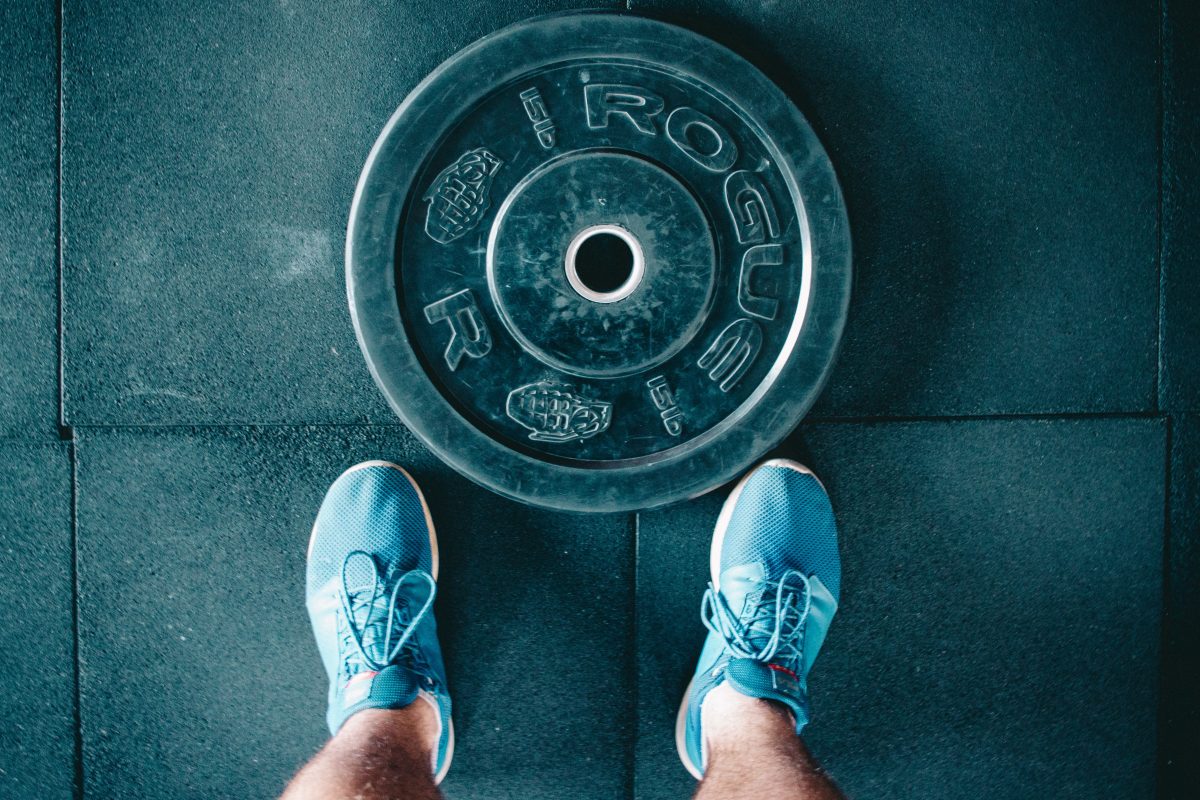
- Put Equipment back… Sound obvious? That’s because it is… For anyone else looking for that weight or If you are lifting and using a bar, please put the weights back in some resemblance of order. This is just common courtesy.
- Blasting music from your headphones or music device is never a good look, especially not in the gym because it will always upset someone in a busy space, you can almost guarantee it!
- Blocking the someones view in the mirror… Not cool.
- Blocking the dumbbell rack, so others cannot reach the weights because you are in the midst of doing your curls. MOOOVE BRO! Step away from the rack and find some space.
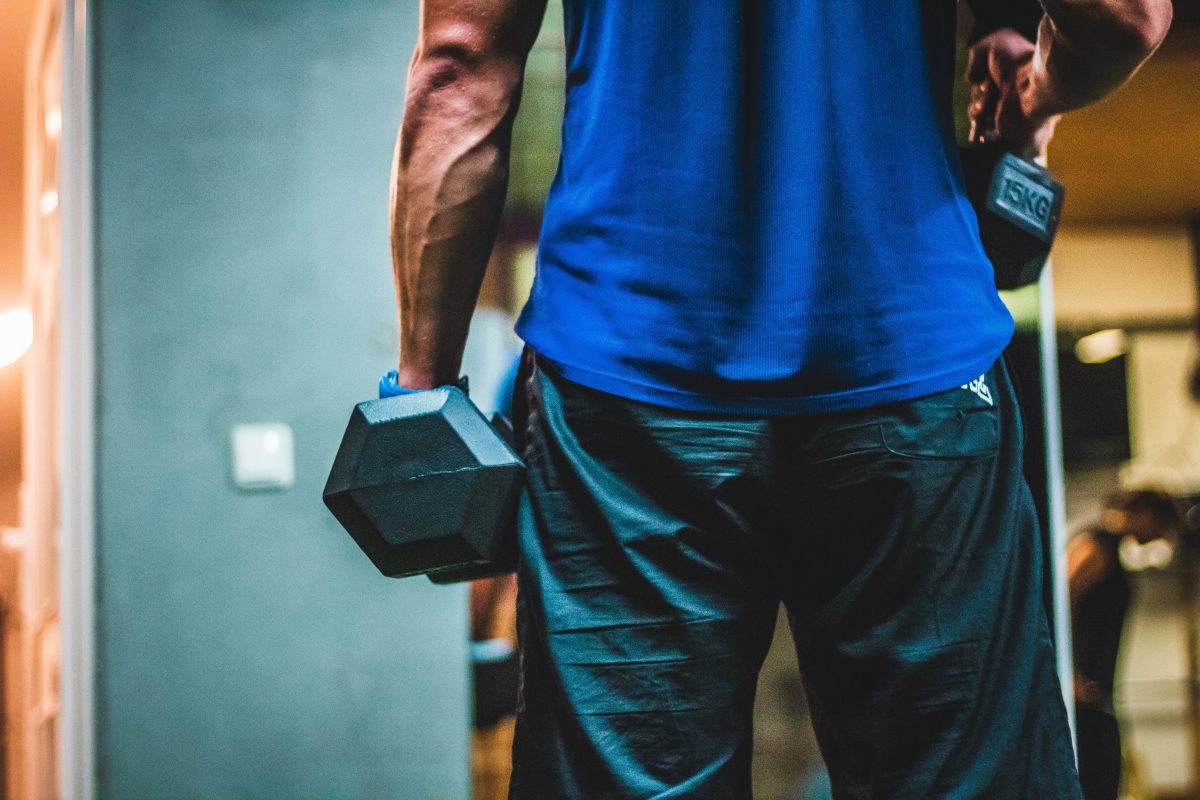
- Saving Equipment! It must be up there with one of the most annoying attributes to any gym facility. If you are not using the equipment, then put it back. Putting your sweaty towel over it, whilst you take a 20minute toilet break is not ok. Hoarding equipment is also not ok, even if you are doing your own personal HIIT session. Note that everyone around you in that moment thinks you are a numpty. FACT!
- Give people space if they are lifting, at the very least a meter. For safety and for personal space. Also, no one wants a conversation or to be spoken to whilst lifting… Just Saying.
- Offering unsolicited advice. Now unless that person is in immediate danger then don’t do it. Even if someone might need it, no one appreciates the “know-it-all”, and you never know someone’s goals, previous or current injuries, or experience.
- Don’t Stare it’s creepy. Whilst the gym can be a distracting environment with lots going on, you are not invisible, and you will be noticed.
- Dropping Weights after finishing your set… Don’t Do it, it’s not cool and damages the equipment.

- It’s understandable that having a mobile on the gym floor is useful – whether using it as a timer, tracking your workouts, or filming your workout/technique. Just refrain from loud, distracting conversations on the gym floor (take it elsewhere!). If you can talk on the phone loudly throughout the entirety of your workout, you’re doing it wrong. Also, don’t occupy a piece of equipment if you’re going to sit there scrolling through Instagram or Facebook. You’re there to train, so train!
So there we have it! Adulting 101 in the gym, whilst we can all be guilty of having committed one or more of these offenses in the past, the majority is just common sense & courtesy.
If your standard gym environment is as annoying as this post then maybe you should consider a different environment to train.
Thanks for Reading
PT Workspace Team
P.S If you are interested in finding out about personal training or studio hire at PT Workspace you can contact [email protected].
In addition why not take a look at some of the personal trainers who already work with us here.
Bose SoundSport Free Wireless Headphones
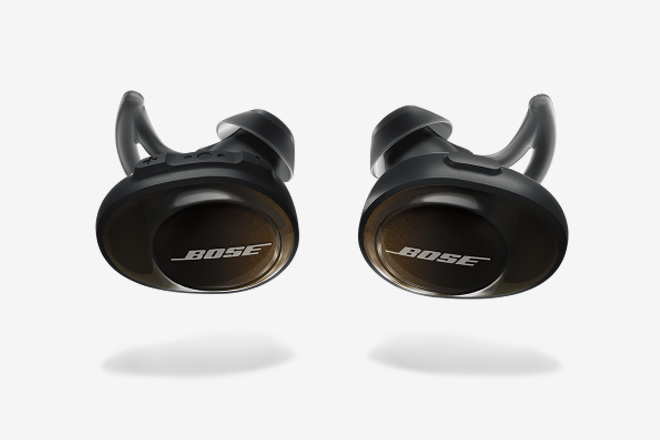
£179.95
When it comes to audio for fitness, one brand of head phone seems to be cropping up a lot in 2019. The popular Bose SoundSport Free Wireless Headphones. The weather and sweat-resistant earbuds come with three different pairs of sports tips for the perfect fit and an app to personalize all the sound settings. The volume-optimised EQ and Bose digital signal processing make music sound full and balanced at any volume. No matter how crowded the gym is, your workout playlist will keep you energised.
Cool Featured include a five-hour battery life and a ‘Find My Buds’ feature in case you happen to lose them during an intense gym session. When you’re done, place them in their case to recover.
Skulpt Performance Training System
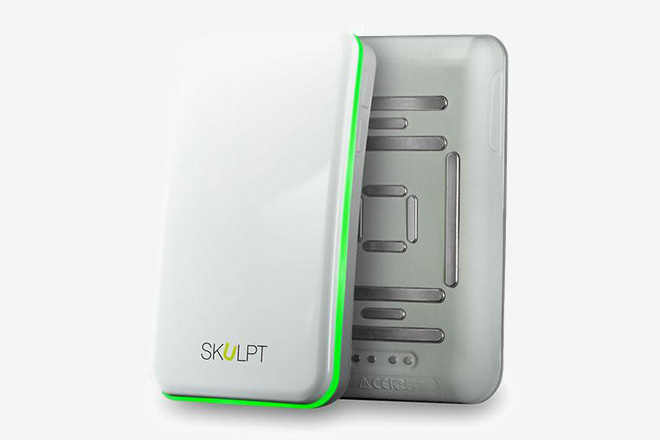
£94.37
Skulpt Performance Training System allows you to grab accurate data and analyze which of your muscle groups needs more attention so you can achieve peak performance. The system is capable of identifying the relative strength of 24 muscle groups in various areas of your body so you can personalize your workouts further. The App also delivers workout advice tailored to your physique and goals.
Apple Watch Series 4
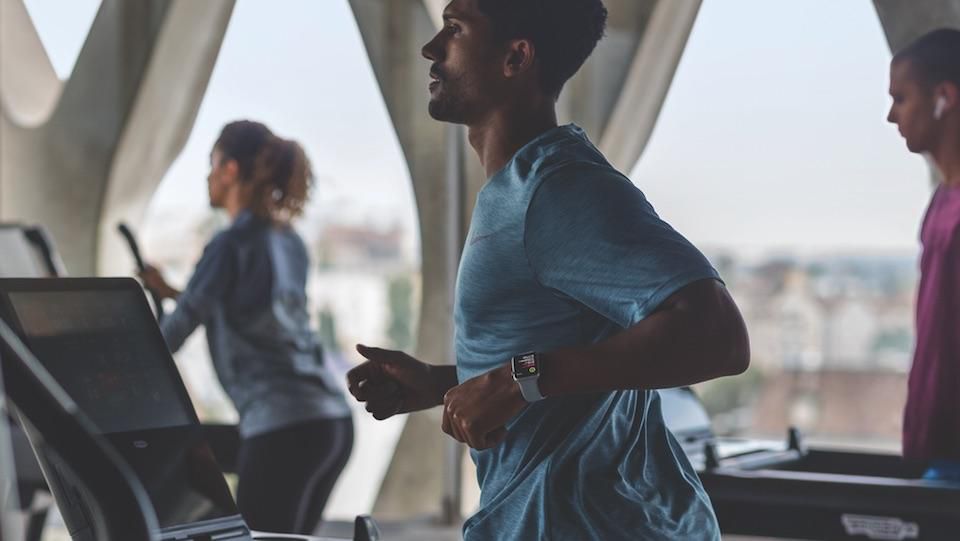
£399+
This fourth-generation Apple Watch has great coaching features, is water resistant to 50 metres and is 70% faster than previous models. Thought to be the best Apple Watch yet with ultimate usability and simple but rich fitness capabilities.
Apple has created a three-ring design. The inner ring is blue and ensures you stand at least once an hour. If you’ve been sitting, you’ll get a nudge at 50 minutes past the hour. The middle ring is green: to complete this ring you need 30 minutes of brisk exercise. The outer ring is the toughest to complete. You need to burn a number of active calories during the day. Active calories are the ones you burn in addition to, you know, breathing, eating, talking and so on. You set the target yourself but it can still be a challenge to do it seven days a week.
Fitbit Aria 2
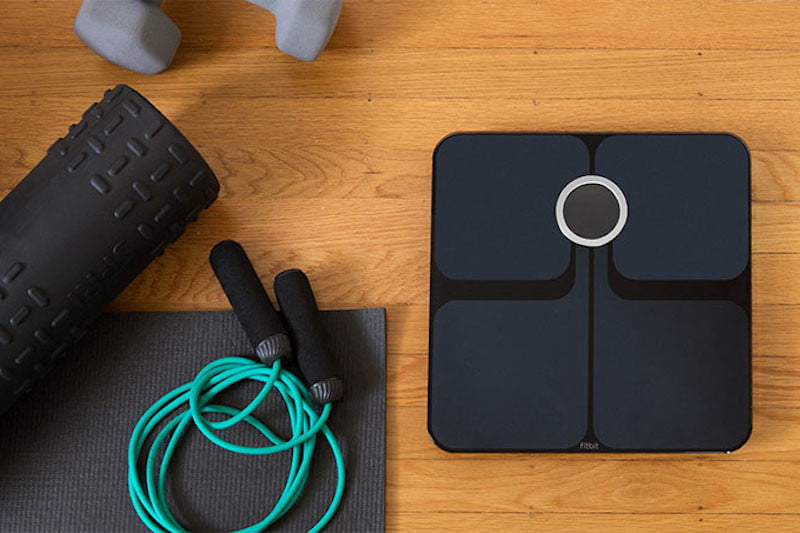
£119.99
Known for their fitness trackers Fitbit also make great bathroom scales too. But these are no ordinary scales, in addition to measuring weight it can also track an athletes percentage of body fat and calculate BMI too. The smart scale can store profiles for up to eight individuals, keeping each of the users’ data private and separate from one another. That information syncs wirelessly with a smartphone, which can be used to track trends, displaying charts and graphs that provide a clearer picture of weight loss and overall health as a result.
Beast sensor
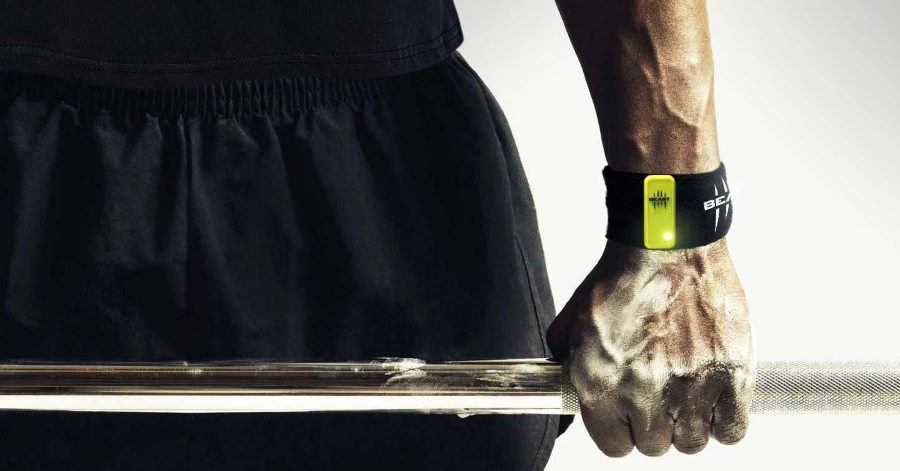
£279+
Beast sensor streams data about strength, power or speed for each lift on your smartphone or tablet in real-time, in order to stimulate you giving the best on each training session. Being magnetic, Beast is also compatible with a variety of different weights, machines and supports bodyweight exercises too.
Following each training session, your data will be made immediately available online to review. Collecting data from your past performances
allows you to better understand your strengths and weaknesses and train better in the future.
Thanks for Reading
PT Workspace Team
P.S If you are interested in finding out about personal training or studio hire at PT Workspace you can contact [email protected].
In addition why not take a look at some of the personal trainers who already work with us here.
We are officially two videos into our interview series all about the journeys taken by successful trainers, and why they choose to go it alone and establish their own businesses.
There is no one size fits all in personal training and this week we Nathan has had the pleasure of interviewing Chris Zaremba, the proud owner of Fitness over 50. Chris has an unconventional story to tell about his route into becoming a personal trainer, but one which his clients within his niche market can relate to.
To Quote Chris ‘ People know what they want, not who they want’ which has helped define him in his corner of the fitness industry.
Watch the full interview below.
With Special thanks to Chris for his time and taking part in our second of many behind the scenes interviews yet to come.
Thanks for Reading
PT Workspace Team
P.S If you are interested in finding out about personal training or studio hire at PT Workspace you can contact [email protected]. In addition why not take a look at some of the personal trainers who already work with us here.
Making or creating your own success will always be one of the most rewarding aspects of owning your own business. How you arrive at destination successville is completely up to you! Every personal trainer will have had experiences, good and bad which will have helped shape their journey. If you have time feel free to check out our latest interview series which takes an indepth look at the businesses which have continued to succeed whilst working alongside PT Workspace. For those of you just starting off or in need of some helpful options to explore within your business, then we have some top tips to get you going.
What’s your Niche?
In an industry where sometimes it’s better to be something to someone, instead of everything to everyone, having a niche can help you stand out from the crowd. Whether you choose to explore additional CPD courses such as post natal, or market to a specific gender, religion, age or group of individuals (for example: athletes) then understanding your target market in key. If finding your target market is challenging, then building a customer profile can help develop a visual representation in your mind of who you might be aiming for, you can be as detailed as you like.

Website
In this digital age it’s important to have a presence online, clients will want to look you up and it’s a great way in which to attract online traffic to your business. Whilst having a website might be obvious as necessary for your business, building one might be slightly terrifying for those of you who may not be as tech savvy as others. Thankfully websites such as Squarespace and WordPress for a small fee have lots of templates you can personalise for a fraction of the cost, if a website builder is not within your budget.

Social Media
Now there are people who will tell you to post every day, and there are those who will say, only post when the quality of your content is at a level in which to do so (quality over quantity). However you choose to post on social make sure your profiles are professional. Whilst its great to show a little lifestyle & personality within your feed, your clients won’t want to see you buzzing on a Saturday night.

Utilise Your Location
It is known that the return rate on flyering is never usually very high, however you do not often need a high conversion rate in which to make it worth it. A personal trainer recently came to PT Workspace and alongside the support of studio manager, handed out his business card/ flyer to the local businesses surrounding the gym. Just having one client sign up, has now made his investment worth while. If designing flyers is not your thing then try sites such as Canva, which have fantastic templates to personalise for free.
It’s always worth asking if the facility in which you are working at is happy to support marketing your services. For example many gym facilities will offer an online personal trainer profile, which is another way that clients can find you.
Thanks for Reading
PT Workspace Team
P.S If you are interested in finding out about personal training gym rental or studio hire at PT Workspace you can contact [email protected]. In addition why not take a look at some of the personal trainers who already work with us Personal Training Islington and Personal Training Milton Keynes & Personal Training Harrow
Every personal trainer begins their own journey into the fitness industry differently. Find out how experienced trainers Des & Lucas from Life Square Fitness have raised themselves up through the ranks to establish themselves as successful independent trainers together, whilst building their brand and business alongside PT Workspace.
In this video, Director and studio manager Nathan explores in detail, the challenges Des & Lucas have faced and overcome. As well as what is important to remember when launching and maintaining a successful business within an industry saturated with trainers and gyms. Listen to their top tips, brand values and what’s next in store for this duo.
With Special thanks to Life Square Fitness for their time and taking part in our first of many behind the scenes interviews yet to come.
Thanks for Reading
PT Workspace Team
P.S If you are interested in finding out about personal training or studio hire at PT Workspace you can contact [email protected]. In addition why not take a look at some of the personal trainers who already work with us here.
Stress like mental health is not something we should shy away from, by talking about it and addressing stress head on, we can find different coping mechanisms for carrying it. Sometimes stress cannot be avoided, such as the loss of a job or the passing of a family member. These sorts of situations are ones which we rarely have the power to alter. However, how you choose to cope with the stress of these traumatic events, can impact the amount of stress it puts on your mind and body. Exercise will not magic your problems away, but it can give you tools in which to handle stress and here’s why…

When stressed your body releases stress hormones, such as cortisol and adrenaline, this in turn puts your mind and body into survival mode (fight or flight). Your heart pounds faster, the muscles tighten, higher blood pressure and sharper senses. As well as impacting your feelings, senses and behaviour. Stress if left unchecked for long periods, has been linked to problems with the heart and vessels, as well as obesity and diabetes. So as you can see nothing good comes from stress and yet most of us will carry stress day to day and never address it. Here are some signs you might be stressed from the NHS.
How you may feel emotionally
- overwhelmed
- irritable and “wound up”
- anxious or fearful
- lacking in self-esteem
How you may feel mentally
- racing thoughts
- constant worrying
- difficulty concentrating
- difficulty making decisions
How you may feel physically
- headaches
- muscle tension or pain
- dizziness
- sleep problems
- feeling tired all the time
- eating too much or too little
How you may behave
- drinking or smoking more
- snapping at people
- avoiding things or people you are having problems with

Visit the Mind website for more signs of stress
Even though exercise stresses your body releasing cortisol, by doing exercise on a regular basis you enable the hormones to decrease the amount of cortisol released in response to stressors. The more you train, the fitter you will be, and your body will become more efficient at managing the physical stress. Exercise has been proven to:
- Reduce stress
- Ward off anxiety and feelings of depression
- Boost self-esteem
- Improve sleep
To quote Harvard Medical School
“Many forms of exercise reduce stress directly, and by preventing bodily illness, exercise has extra benefits for the mind. Regular physical activity will lower your blood pressure, improve your cholesterol, and reduce your blood sugar. Exercise cuts the risk of heart attack, stroke, diabetes, colon and breast cancers, osteoporosis and fractures, obesity, depression, and even dementia (memory loss). Exercise slows the aging process, increases energy, and prolongs life.”
https://www.health.harvard.edu/staying-healthy/exercising-to-relax
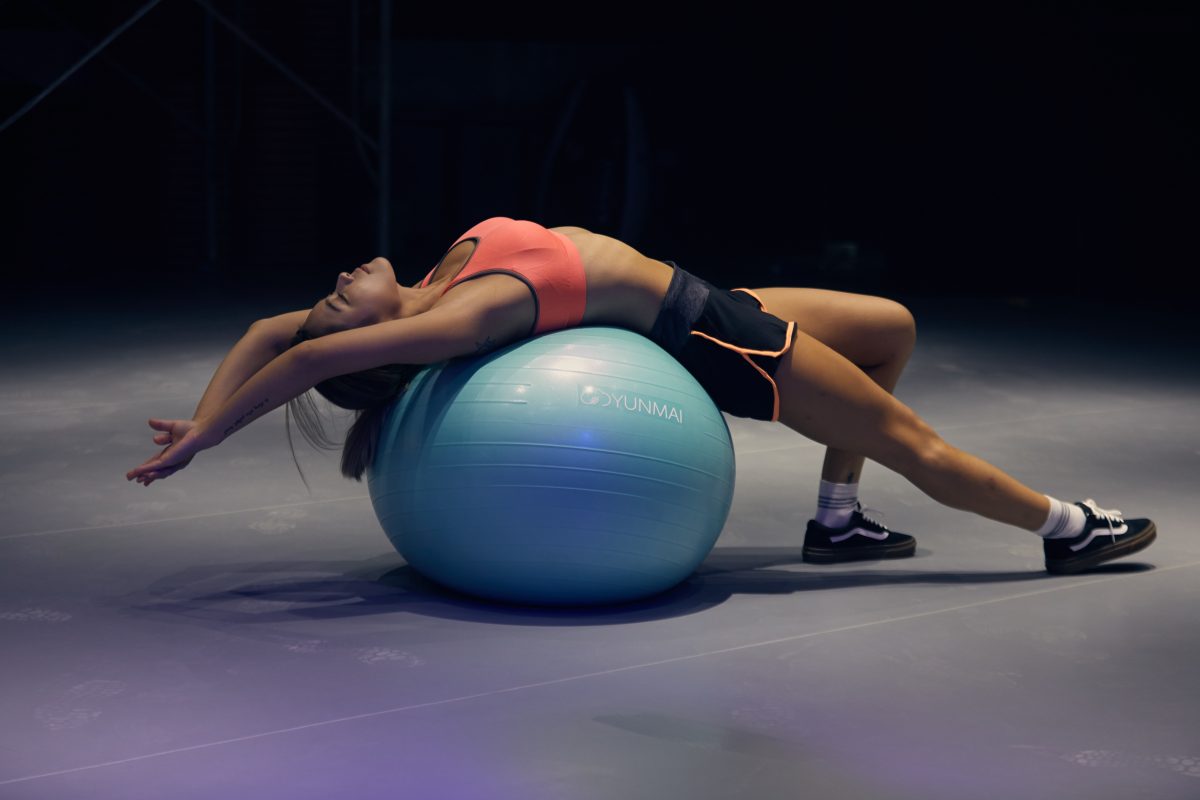
Thanks for Reading
PT Workspace Team
P.S If you are interested in finding out about personal training or studio hire at PT Workspace you can contact [email protected]. In addition why not take a look at some of the personal trainers who already work with us here.
The London Marathon is fast approaching, and if you are lucky enough to be entered into this years 2019 race day, then the anticipation must be mounting. All your hard work will be coming to ahead on Sunday, 28 April, so now you just have to make it to race day! To help you along your way we have some handy hints & tips to share on the run up!
By now you will already have a race routine which you are working through and trying your best to stick too, however be sure to incorporate weight training to help continue to build strength in your legs. Using a kettlebell is a great way in which to work those muscles on days you are not running.
- Romanian Deadlift
- Single leg Lunge
- Front Squat
Repeat…
Every runners nightmare is an injury, so as to avoid this happening best you can, rest and recover! Do you have a Foam Roller? If not you can pick one up at a relatively competitive price. This will help massage your leg muscles which can become very tight. Your muscles will thank you later.(please see video for instruction on using foam roller)
Last Years Stats
Women
At the end of January last year (12 weeks out), females who would go on to run the London Marathon in sub-3 were running on average 55.3 miles a week. Sub-4 finishers were running on average 29.2 miles a week; sub-5 finishers 20.4 miles a week; and 5-plus finishers 16.6 miles a week. Interestingly, sub-3 females ran their biggest mileage four weeks before the marathon (65.9), while slower females saved their biggest mileage for three weeks before the race.
Men
Among the men, the average mileage was slightly lower. This was most marked in the sub-3 category. At the end of January last year, sub-3 men were running on average 46.2 miles a week compared with women’s 55.3 miles. Over 12 weeks of training, these men ran 602 miles compared with women’s 755.
In many ways, the data merely reaffirms what we already know: that those who run further, faster and more frequently tend to fair better at the marathon.
https://www.runnersworld.com/uk/training/marathon/a26034657/london-marathon-training-stats/
Helpful Questions
What time is the race?
For most runners, the start time of the 2019 London Marathon is 10am. Other races on the day are as follows:
8:55am – Elite Wheelchair Races
9:00am – World Para Athletics Marathon World Cup ambulant races
9:15am – The Elite Women’s Race
10:00am – The Elite Men’s Race, British Athletics & England Athletics Marathon Championships and Mass Race.
When do I collect my race number for the London Marathon 2019?
The Running Show is open at the ExCel Centre from Wednesday 24 April to Saturday 27 April at the following times:
Wednesday 24 April: 11:00-20:00
Thursday 25 April: 10:00-20:00
Friday 26 April: 10:00-20:00
Saturday 27 April: 09:00-17:00
How will I find out what pen and start I’m in for the London Marathon 2019?
There are three different starts for the London Marathon – red, blue and green. You will find your start and pen on your race number once you have collected it – the colour of your running number indicates your start area, and the number on your race number indicates your pen.
Plan for the Unexpected
- Trains, tubes and buses many of which will be incredibly busy with routes diverted, due to the road closures. Plan your route into central London and give yourself enough time not to have to worry about being late, there are enough pre-race nerves going on then to add to the list.
- Believe it or not, a major worry for runners is when and where they will be able to go to the toilet! If you wish to use a toilet then unfortunately you need to prepare yourself for long queues. So you won’t be too surprised when you catch the odd runner in the bush. Bury the embarrassment, because if you need to go you need to go!
- Chaffing can be incredibly painful when running 26.2 miles, so find a lubricant which can relieve the rubbing and then basically apply it everywhere which touches skin or clothes.
- It can take up to forty minutes from the time you cross the finish line to collect your medal, finisher’s bag, kitbag and leave the secure area. Keep your phone charged and plan in advance where to meet family and friends otherwise you might not find them.
Thanks for Reading
PT Workspace Team
P.S If you are interested in finding out about personal training or studio hire at PT Workspace you can contact [email protected]. In addition why not take a look at some of the personal trainers who already work with us here.
Long nights, frosty mornings and rainy evenings, it’s not hard to see why Winter can be so demotivating when it comes to exercise. We are all missing a bit of vitamin D in our lives and Christmas has certainly left its mark. So how can we combat motivation when all we want to do is hibernate until Spring?
We have a few tips to help get you started…

Prepare the night before
There is very little more frustrating than rising early in the morning and spending 15 minutes which you don’t have spare, hunting around for your sport socks. Make mornings as smooth as possible by preparing the night before. Start your day off right by putting out or packing whatever you need in advance.
Adjust your lighting
As humans we are affected by the seasons and in Winter we can suffer with vitamin D sufficiency which in turn affects our moods. Investing in a lamp which simulates natural daylight which will help start our day the right way.

Turn up the thermostat
No one wants to get out from under a warm duvet, but a warm room will certainly make it a little easier . Time your thermostat so that you are not getting ready in a cold room and the temperature change is not such a shock to the system. If you can conquer getting out of bed you are already halfway there…
Equip yourself
They say that you can train in almost any weather if you can equip yourself to do so, be that wind, rain or snow. So invest a little time and money in making sure you have the right equipment to make training as successful as possible no matter the weather or visibility.
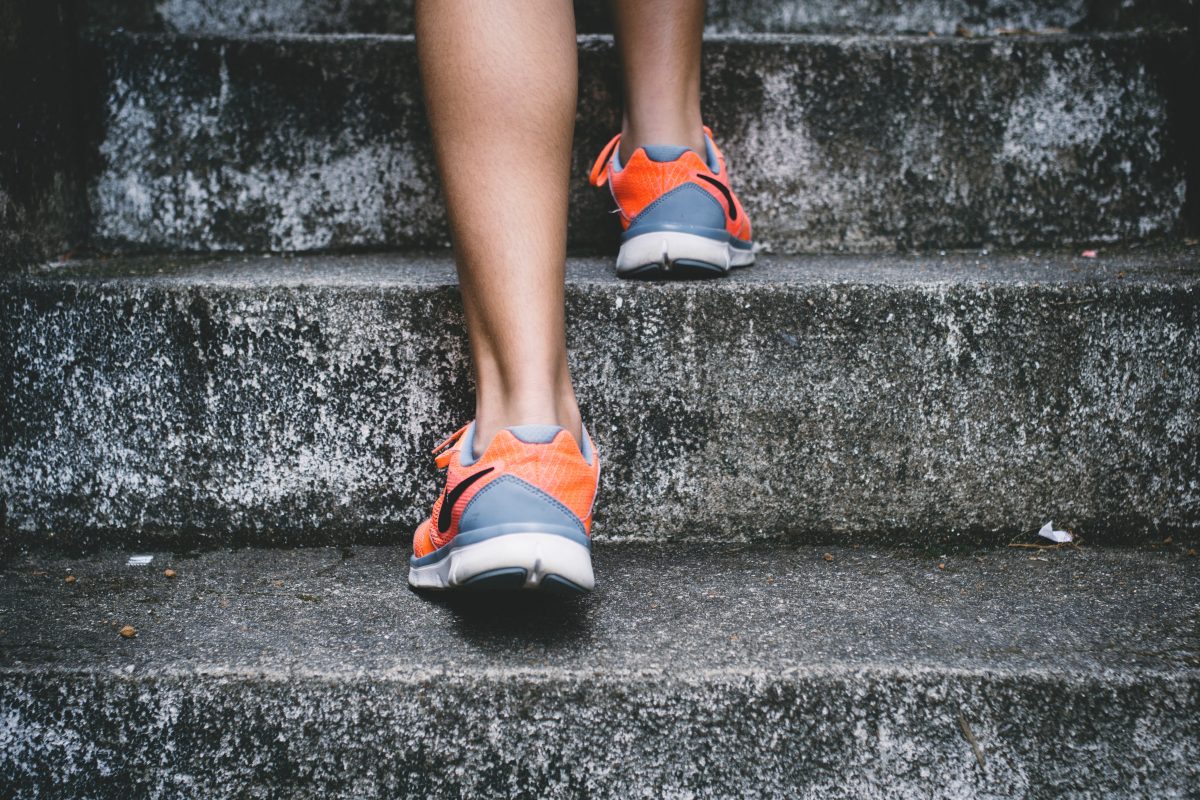
Keep it simple
Eliminate the obstacles between you and your goals, for example if travelling becomes an excuse to not go to the gym, look for a gym closer or commit to a personal trainer which will hold you accountable for your actions. Find ways to make the excuses less feasible.
Set yourself mini goals
If Rome was not built in a day, you can be sure that reaching your goal will not be something which happens overnight. So set yourself mini goals which in turn create mini victories along the way in achieving the bigger picture.
Mix it up
It’s not uncommon to get bored occasionally with the exercise you do on a regular basis, so make sure you mix it up! Change the intensity, add classes, start learning something new, and make sure you give yourself time to recover properly.

Log your progress
Sometimes it’s nice to exercise for the sake of moving and enjoying the process, but if you are working towards a goal it is important to log your progress. If not it makes it a lot harder to see whether you are remaining on track, you can also feel proud on the days you really excel, marking a point in which to work towards on your next session.
Thanks for reading
PT Workspace
P.S If you are interested in finding out about personal training or studio hire at PT Workspace you can contact [email protected]. In addition why not take a look at some of the personal trainers who already work with us here.
There is a tide of change coming in the fitness industry, can you feel it? Even though there are more faddy diets, weight loss pills and magic weight loss drinks than ever before, the backlash from qualified professionals who are tied of misleading products is mounting. It sends home a message loud and clear, enough is enough! The responsibility health and fitness professionals have to their clients and listeners before endorsing a product is of great importance. No matter the grind, the world is looking at what way your moral compass is turning and even with the best intentions, be hopeful it is facing the right way.
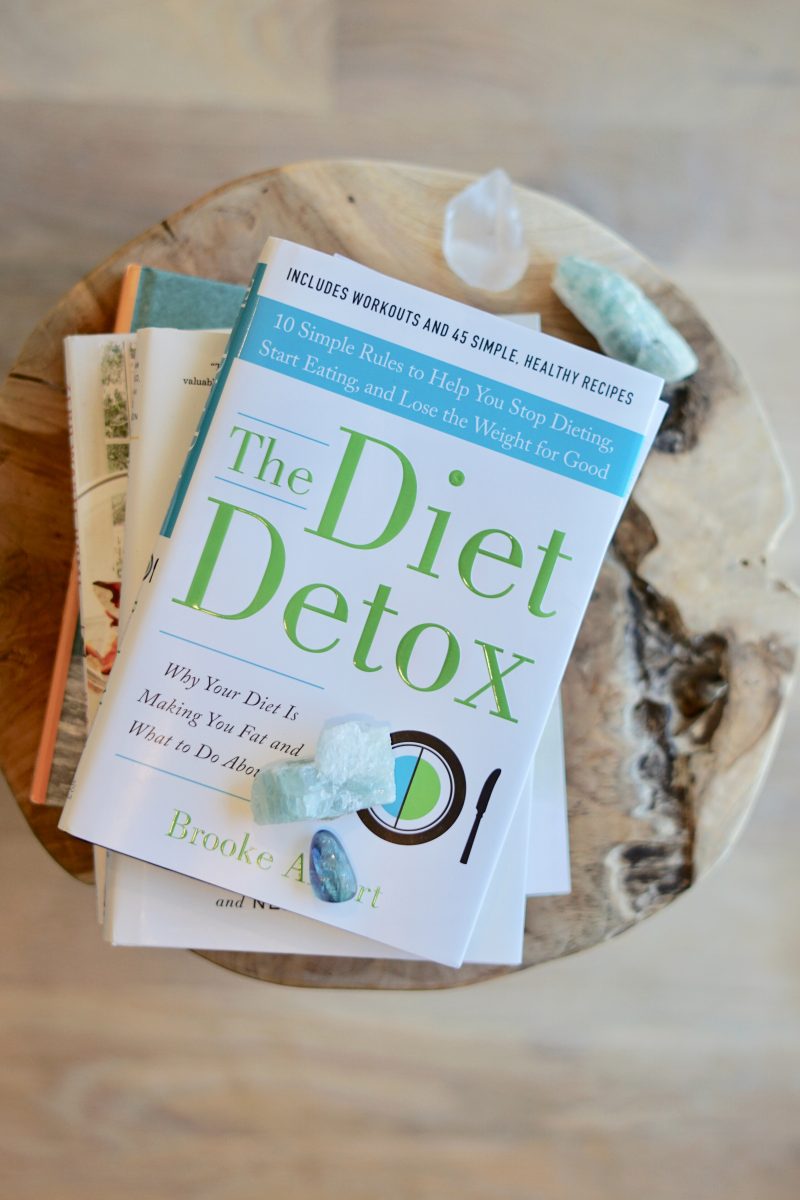
The boom of instagram has given a platform for personal trainers to have a voice, share their lifestyles and inspire, but with it comes the pressure to represent your own authenticity as a fitness professional. Maybe there was a time when those of us who knew better would turn a blind eye to the continuous onslaught of diet fads because the battle way just too great to rage on one’s own, brush it under the carpet as ‘Another one’ to join the army of weight loss products promising unrealistic sustained weight loss (for the majority). But when the audience at which these diet products are aim at start fighting back, it will only be a matter of time before the truth is out, and no amount of photoshopped before and after pictures will save the product from its inevitable demise.
There is no short cuts for long term success in creating a sustainable healthy lifestyle, that much is true. So it’s the job of all health and fitness professionals to help clear fog and raise the industry to higher standards for the benefit of all.
Keep It Real…
Thanks for Reading
PT Workspace Team
P.S If you are interested in finding out about personal training your client at PT Workspace you can contact [email protected]. In addition why not take a look at some of the independent personal trainers who already work and market themselves with us https://www.ptworkspace.co.uk/trainers/.
For additional marketing support for personal trainers click Here.
Beat The January Blues…Personal Training Islington
The highs of the festive season never prepare you for the come down in January off all the food and drink consumed in December. Feeling heavy and a little fed up? We know the feeling! It’s time to address the heavy Winter diet, by shaking up the body with some much needed exercise to get the adrenaline pumping, and those feel good endorphins working on beating the January blues.
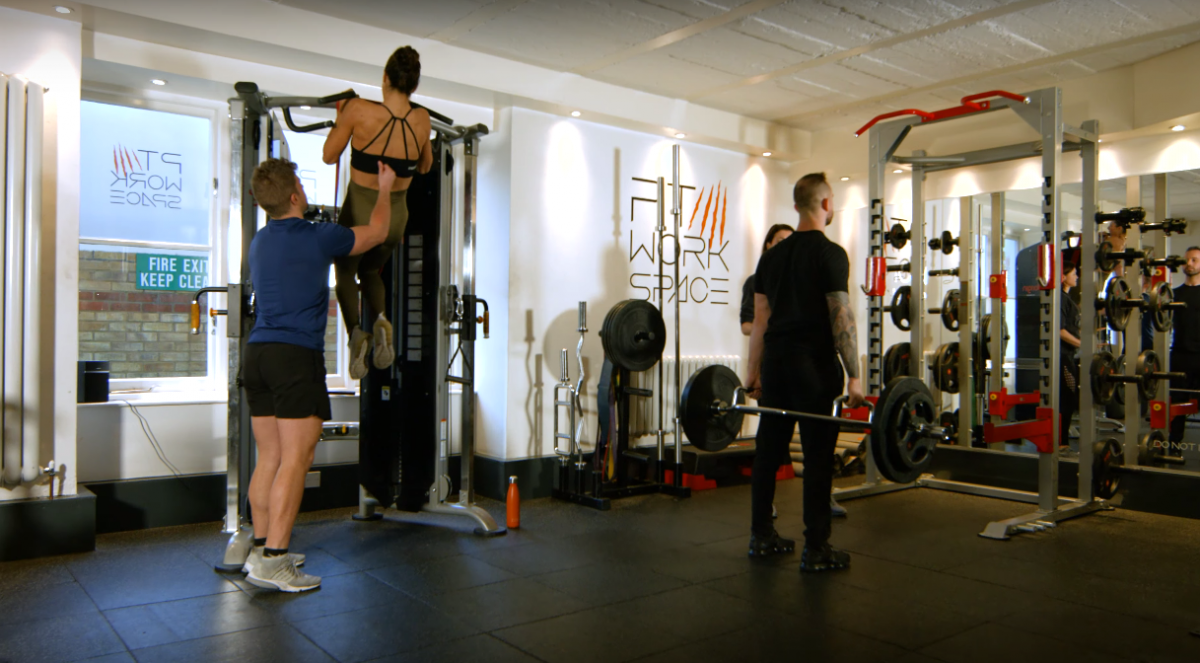
Thankfully we work alongside a talented team of experienced personal trainers, whose job it is to make us look great and feel amazing. So if you are not sure where to start this month, start with a trainer which can put you on the right track in your fitness journey.
Finding Clients in the Festive Season
December is finally here! Gosh blink and it will be Christmas day… Whilst many people start shutting down for the December period, those of us in the fitness industry are revving up for a busy January/ February. Lets face it, people need personal trainers more than ever, specially when each year the fad diets don’t stop over the festive season any more, social media carries them all year round, and it gets confusing knowings who to trust. After what can be a heavy month for many, come January it’s easier for those more susceptible to quick fixes to get sucked into a miracle cure, for all the pounds consumed over this naughty period of indulgence. So if you need to up your game after the New Year we have some top tips to help convert those clients in the upcoming months ahead which are looking for a little guidance.
TASTER SESSIONS
Building good rapport with your current clients, helping them feel comfortable as well as being friendly and approachable is vital when marketing yourself… Word of mouth goes a long way! Let your current clients know that you will be taking on new clients in the New Year and even say that you can give them a free or discounted session for each recommendation! Or even recommend you both come together for a free taster session.
During the taster session you should ask open ended questions about the client’s lifestyle and fitness, find ways of showing how you can help them, but not in a way that makes the prospective client feel defensive – many people are nervous about Personal Trainers, after all you are the epitome of the fit and healthy lifestyle goal they are aiming for!
OFFER DISCOUNTS
Try offering packages of your training sessions and discounts if the client takes a number of sessions. Or consider discounting the first one or two sessions in a “Try it and See” incentive. Contact your existing and old clients and offer their friends a reduced price first session and as a thank you, a discounted price session for the old client – which may result in new clients and the return of old clients!
LISTEN TO THEM
Ask about their health and fitness history and make notes.This shows the client you genuinely want to help them in a personal way, rather than giving them a basic plan made for anyone. Once you fully understand their health history you can help craft a informative response. Consultations are inherently as they are worded, consultancy practices not a pitch. Use the opportunity to find information that will help structure your own explanation on how you can support them with their fitness goals.
SHARE THE GLORY
Don’t be shy – if you have good results from other clients that you have documented or photographed, then show them (with permission of course). You can also try:
- Keep your website regularly updated with accomplishments.
- Email your existing clients with updates and healthy tips.
- If you have recommendations from your clients then put them on your webpage, and use social media to your advantage,
- Clients may feel a world away from you in regards to their own personal physique, so by showing them that you have experience transforming body shapes similar to theirs, will boost their motivation and definitely help. Above all, keep it professional!
We wish you every success in the upcoming months ahead, and if you need somewhere to train all those new clients then make sure you talk to us…
Thanks for reading
PT Workspace Team
P.S If you are interested in finding out about personal training your client at PT Workspace you can contact [email protected]. In addition why not take a look at some of the independent personal trainers who already work and market themselves with us https://www.ptworkspace.co.uk/trainers/.
For additional marketing support for personal trainers click Here.
How many questions will you get right…No peeking!
To lose a 1lb of fat, you need to consume 3,500 less calories a week?
FACT or FICTION?
Answer: FACT
Because 3,500 calories equals about 1 pound (0.45 kilogram) of fat, you need to burn 3,500 calories more than you consume to lose 1 pound. So if you cut 500 calories from your typical diet each day, you’d lose about 1 pound a week (500 calories x 7 days = 3,500 calories). It isn’t quite this simple, because you usually lose a combination of fat, lean tissue and water. Additionally due to changes which can occur in the body as a result of weight loss, you may need to continue to decrease calories in order to continue losing weight steadily.
Stretching will help prevent injury and reduce muscle soreness?
FACT or FICTION?
Answer: FICTION
“The evidence from randomised studies suggests that muscle stretching, whether conducted before, after, or before and after exercise, does not produce clinically important reductions in delayed-onset muscle soreness in healthy adults.” Conclusion by Authors Herbert RD1, de Noronha M, Kamper SJ. Musculoskeletal Division, The George Institute for Global Health.
On average we can only gain 2 pounds of muscle for men a month and 1 pound for women?
FACT or FICTION?
Answer: FACT
Here’s how fast you can expect to build muscle on average:
Average Natural MAN: between 0.25 and 0.5 pounds of muscle per week (or about 1-2 pounds of muscle gained per month).
Average Natural WOMAN: between 0.12 – 0.25 pounds of muscle per week (or about 0.5-1 pound of muscle gained per month).
We’re strictly talking MUSCLE, not WEIGHT. Besides actual muscle, weight gained throughout the week could be (and often is) fat, water or glycogen. We’re not talking about any of those here.
Lifting the heaviest weights will help me develop muscles fastest.
OR
Increasing reps rapidly will tone up abdominals like 20 Ab crunches.
“two birds one stone”
FACT or FICTION?
Answer: FICTION
Hypertrophy can be broken down into two types of categories myofibrillar and sarcoplasmic. Each of these specific types of muscle hypertrophy will result in increasing size of cells, but not of equal effect.
Sarcoplasmic hypertrophy is focused on increasing the actual size of the muscle, and less on increasing strength.
Several repetitions (generally 8–12 for bodybuilding or 12 or more for muscular endurance) against a submaximal load facilitate mainly sarcoplasmic hypertrophy (professional bodybuilders and endurance athletes).
Myofibril hypertrophy will focus more on strength increase and less on an increase in the size of the skeletal muscle.
80 to 90% of the one-repetition maximum for 2–6 repetitions (reps) causes myofibrillated hypertrophy to dominate (as in powerlifters, Olympic lifters and strength athletes).
Running will help me shape my legs and bum?
FACT or FICTION?
Answer: FICTION
Increasing lean muscle in the legs and bum will impact shape and definition alongside lower body fat percentage. Running will be effective cardiovascular exercise and reduce body fat, to increase lean body mass resistance training is required over conventional beliefs on running to achieve these goals.
Squats with weights
Obviously helps to build your leg muscles (including your quadriceps, hamstrings, glutes and calves), and can also create an anabolic environment, which promotes body-wide muscle building.
Increasing lean muscle in the legs and bum will impact shape and definition alongside lower body fat percentage. Running will be effective cardiovascular exercise and reduce body fat, to increase lean body mass resistance training is required over conventional beliefs on running to achieve these goals.
Low intensity cardio is most effective to burn calories and lose weight?
FACT or FICTION?
Answer: FICTION
Although it’s technically true that exercising in the so-called “fat burning zone” (at a lower intensity level of about 60% to 70% of maximum heart rate) does use a higher percentage of fat calories for fuel, the overall total calories burned is still fairly low. The reason is simple. Fat is a slow-burning fuel that requires oxygen to convert it to a usable energy, so it’s great for long, steady, slow exercise, like backpacking, or cycling a long distance. Most people have enough stored body fat to fuel low level activity for days and days without running out of energy, but if you want to go fast, work all-out, or burn the most calories per minute, you need to rely on the faster-burning carbohydrate (glycogen) for energy. Converting fat to fuel takes longer, and requires lots of oxygen. In the strictest definition, this is called aerobic metabolism.
The real question is If your goal is weight loss, and burning calories is the way you are trying to lose weight, you are better off exercising at a higher intensity 2-3 times per week, and burning more overall calories from both fat and stored glycogen.
Thanks for reading
PT Workspace Team
P.S If you are interested in finding out about personal training or studio hire at PT Workspace you can contact [email protected]. In addition why not take a look at some of the personal trainers who already work with us here.
Periodization… Keep Your Body Guessing
Periodization is the most significant resistance training tools you can use, to break plateaus and prevent overtraining. This system of training is typically divided up into three types of cycles: microcycle, mesocycle, and macrocycle.
- The microcycle is generally up to 7 days.
- The mesocycle may be anywhere from 2 weeks to a few months and can further be classified into preparation, competition, peaking, and transition phases.
- The macrocycle is for the total year or season and is understood to be the overall training period.
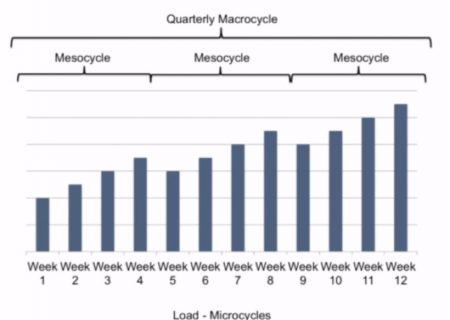
“Most comparative studies have demonstrated the superiority of periodized over non-periodized programs in terms of greater changes in strength, body composition, and motor performance (Fleck 1999)”
It is highly recommended that a period of at least 3 weeks is ideal to see significant benefits and adaptations, within areas such as power/speed and strength work. Many professionals accept that keeping the body guessing is the key to development, but what is the most efficient way in which to add periodization to your exercise routine? Try…
- Choice of exercises
- Order of exercises
- Resistance or load
- Number of sets per exercise
- Number of exercises per muscle group
- Repetition range
- Type of contraction
- Speed of movement
Commonly people change the exercise variety (for example press up to a chest press) because if you alter load, or repetition you will have an effect on the adaptation of the muscle. This could be sarcoplasmic hypertrophy commonly found with reps of 8-12, best suited to muscles size development (cross sectional area) found in most body recomposition programs.
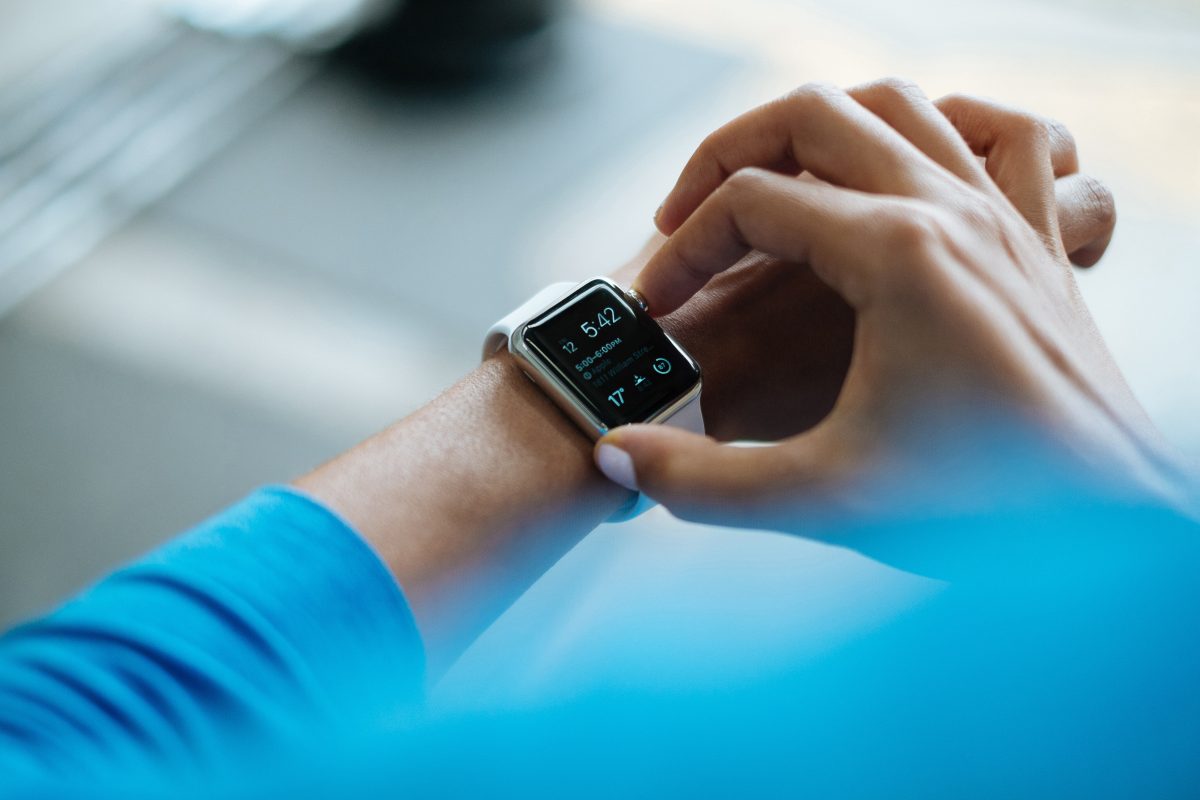
Drop sets
Drop sets… You mainly focus on reducing the weight through progressive sets without rest. Great for damage and really will have you feeling the burn from the reduced rest periods. Work on your typical weight for 1 set, and reduce with 3 drop, then reducing the weight as needed usually 20-30 percent of your 1 rep max, theses sets are known as triple drops.
Often repeat for 2-3 sets or used as a fatigue bearing exercise at the end of a muscle specific split exercise routine.
Supersets
Supersets can be great way to increase intensity, and used in normal split routines. By using supersets you can inflict maximum damage in a short period of time into multiple muscles.
Repeat for 3/4 sets for maximal hypertrophy, this can be used by combing opposing muscles which can fatigue without reducing power output.
Such as
Bicep-Tricep
Or
Chest-Back
Most fitness professionals understand how to best change intensity and volume to progress their client or athlete across their training phases. So make sure if you are going make a change in one of these variables, you should research or consult a professional to discover if it benefits your end goal, rather than hinder development.
Thanks for reading
PT Workspace Team
P.S If you are interested in finding out about personal training or studio hire at PT Workspace you can contact [email protected]. In addition why not take a look at some of the personal trainers who already work with us here.
What is Protein?
Protein makes up all the cells in your body and is vital to repairing and making cells for survival. It is important for fueling growth through youth, adolescence and pregnancy. The main component of protein is Amino acids, essential Amino acids must consume through our diet and non-essential is readily produced in our bodies. Protein helps increase lean muscle mass and aids recovery when coupled with training, there should be massive importance placed on protein intake to transform your body. The bodybuilding industry has played a large role in bring the effects of protein to the forefront and much research has supported the intake of protein with links to lean muscle growth.
How Much Protein?
Before we continue any further we want to make a valid point that if you are training to lose fat and improve your shape, then this area of muscle growth will play a massive part in transforming your body so read carefully. It is recognised that for every pound of body weight it is advisable to consume a gram of protein. Making sure your body is fueled with protein will often enhance the anabolic effects of growth within the body when training. The suggested amount of protein for muscle growth can be higher in competitive athletes which may consume far more to maximise growth potential. Protein intake in the morning after a long time spent without intake and post workout due to the body’s need to repair (within 30 mins) has shown to best support muscle growth.
This coupled with consistent intake throughout the day and with small meals will make for a sure recipe for success. We advocate preparing meals and finding a protein source through food alone, but protein shakes can be advisable for those needing higher levels of protein intake for example, large males or advanced bodybuilders and athletes as most people should find sufficient grams of protein throughout diet.
Some research will support whey protein supplements for post workout due to the fast digestion of the protein to start the process of recovery therefore faster fueling of your body for growth. A rule of thumb is to make sure protein intake is sufficient before looking to supplements .
Cutting and Bulking
When losing weight (deficit) protein intake must be consistent for maintaining the lean muscle tissue which gives men and women their nice figure, and will promote utilising fat over muscle. It is documented that managing a calorie deficit or surplus will dictate the outcome of a transformation, and supported with high protein diet will have benefits for muscle growth. Many men who have read articles supporting bodybuilding will use the terms” Cutting and Bulking” which also refers to a deficit and surplus.
We would advise all men and women looking to increase their percentage of muscle to go through a deficit when transforming their body unless they have low body fat already (near 10%) as they may find adequate results in muscle growth especially if they have not trained with resistance before implementing a surplus to maximise growth potential.
Foods to eat which are high in protein:
- Meats
- Fish
- Eggs
- Soy
- Beans
- Grains and Nuts
Please take notice of lean sources of protein such as chicken and Turkey over rival red meat sources, if trying to keep calorie intake low. Some research supports removing egg yolks to reduce cholesterol and calories if using them as a source of protein more than 4 times a week.
If when planning your diet make calculations of your BMR and activities levels partnered them with balanced meals to reach your calorie targets for either working within a Deficit or Surplus. Always trying to keep you protein intake high and carefully choosing when to eat your carbohydrates and fats to benefit energy levels.
Thanks for Reading
PT Workspace Team
P.S If you are interested in finding out about personal training or studio hire at PT Workspace you can contact [email protected]. In addition why not take a look at some of the personal trainers who already work with us here.
Poor Practices, Bad Advice and their Consequences
Choosing the right support at the beginning of your fitness journey is important for many reasons, some obvious and others not so much so. The obvious being that you want your hard earned money to show results, if you are investing your time and energy into following a program provided by a professional, you want to see positive changes inside and out. You are perfectly within your right to feel that way! However poor practices and bad advice is dangerous and can leave you worse off then when you started, along with a burn hole in your pocket of where your money used to be.
The UK fitness market is estimated to be worth £5bn, as the number of gym locations surpasses the 7,000 mark, this excludes many of the areas of coaching and new unregulated jobs have been born. Some quick fix courses lead by providers using clever marketing tactics ‘earn 60k a year in 12 weeks’ (for example) offer accreditation in areas such as exercise, fitness, nutrition and means becoming qualified can be very fast with little to no experience. Not only does it undermine the individual looking to make a good honest living as a fitness professional but the industry as a whole. Education within this sector is important as a building block in which experience is formed, so advice and direction when given in the future is safe. If you are unsure about the experience and qualifications of your personal trainer then we recommend you…
- Request testimonials
- Ask for qualifications and check accrediting bodies
- If unsure of qualification type Google (boring I know) and do a bit of research on the course
- Keep away from multiple sales offerings (bad sign for confidence in delivering one service)
- Below is a few respected governing bodies you should look out for when asking for qualifications in fitness.
If you are wondering in what way poor practices and bad advice can lead to detrimental consequences, then you will not have to wonder for long. For example lifting weights can put incredible strain on the human body, and if your body form is wrong this can lead to back problems, severe injury, slipped discs and any other number of incredibly painful experiences which could lead to time off work, along with massive setbacks in your health. It is important that any fitness or health advisor can offer safe advice which takes into account your wellbeing at all times. Try not to worry, this is not to say that anything bad will happen to you, but you can take preventative measures by doing a little homework before you sign up with a professional without knowing their background and experience.
If you are looking for a personal trainer and still feel a little unsure, have a quick read of our blog “What you should consider when choosing the right personal trainer for you”.
P.S If you are interested in finding out about personal training or studio hire at PT Workspace you can contact [email protected]. In addition why not take a look at some of the personal trainers who already work with us here.
Understanding How and When to use Calorie Surplus & Calorie Deficit?
We have heard the words boundered around, however understanding how and when to use a calorie Surplus or Deficit in your diet can make the difference between maximizing fat loss and better gaining lean muscle mass.
Calorie Surplus (Extra food in the diet)
An example of using a surplus is often seen in a diet for competitive strength athletes and bodybuilders as their fundamental purpose is to promote muscle growth and strength. A surplus can be used effectively when coupled with a training program designed to reshape the body for a more leaner defined look. Diets having a surplus have shown to be superior over diets only reaching maintenance levels (balanced calorie intake) for lean muscle growth.
An advised surplus added should be from 5-10% more than your Basal metabolic rate (daily energy needs) and should allow for the surplus of calories to be directed to growth and not stored as fat. When using a surplus, fat stores may increase, so make sure to lose fat before this is implemented If you worry about extra unwanted weight.
A surplus is specifically ideal for individuals who have trouble “putting on weight” as this would have almost certainly been due to incorrect manipulation of calorie intake and expenditure. Make sure to eat clean and make up the extra calories through high protein sources. This is not an excuse to overindulge (takeaway, high sugar foods) to reach you calorie target or this will backfire with increased fat stored.
Notes
- Ideal for those struggling to “put on weight”
- Better Promotes Muscle growth
- Quick to workout BMR+ 5-10% calories
- Make up of high protein
Calorie Deficit (Less food in your diet)
A calorie Deficit is the most common used discipline in the fitness industry. A calorie deficit is when your body has fewer calories being consumed in your diet than is being expended from maintaining your body and the day to day activities.
Unknown to many… A small percentage of your activity will affect the overall needs of your body, as the primary calorie expenditure is to maintain the body’s state. This does not promoted inactivity but suggests that daily calorie needs will not range greatly among similar size individuals. Finding your BMR and calculating activity levels can give you a direct number to start decreasing your calories from.
Decreasing between 10-20% of your daily needs should be effective, which will usually account to around 200-500 calories .When decreasing your calories we would advise making sure you understand all the nutrients you consume in your diet first, and moving towards healthy food sources over general removal of calories, which can have severe effects on nutrition.
A reduction of a 1lb a week, is the equivalent of removing 500 calories a day. on average 2,500 cals a day for men and 2000 cals and day for women, for most individuals is advised by practitioners due to health and safety. This technique needs to have a balance between calorie loss through exercise and decreasing calorie intake through your diet. One should not be done without the other. It is important to make sure you do not place your body in starvation mode for prolonged periods of time. Always consult Medical Practitioner when making changes to your diet for either a surplus or a Deficit.
Notes
- Ideal for utilizing adipose (Tissue Fat)
- Do not use deficits for Prolonged periods of time
- Small percentage is lost from exercise vs BMR (daily diet needs)
- Difficult to increase Muscle mass vs Surplus
- Must learn nutritional content of diet before reducing “willy nilly”
Below are some videos to help develop a better understanding of your diet.
Video: Mike Thurston- Calculating your Macros
Best,
Nathan Head Trainer & Founder
If you are a fitness professional looking to work in an elite and educational-driven community be sure to check out our Studio gym rental and Gym Hire in London, Milton Keynes, Harrow, and Essex. Also if you are on the fence about joining our industry check out our recent blog Is It Worth It Becoming A Personal Trainer to see if the right fit.
P.S If you are interested in finding out about Fitness, why not take a look at the personal trainers who already work with us here.
🏠 PT Workspace Islington Personal Training Studio: 87-89 Shepperton Rd, London N1 3DF
Personal Training in Islington – PT WorkSpace
🏠 PT Workspace Milton Keynes Personal Training Studio: Unit 5, Campbell Wharf, Overgate, Milton Keynes MK9 4BG.
Personal Training Milton Keynes – PT WorkSpace
🏠 PT Workspace Harrow Personal Training Studio: Roxeth House, Shaftesbury Ave, South Harrow, Harrow HA2 0PZ
Food Diary of the Studio Manager at PT Workspace
Written by Nathan Drury-Ellis
It is so important when we have busy lives to use our time as efficiently as possible when preparing food, for that reason i utilize what i call “mass production cooking”. Often a meal even for one person in the evening can take between 30-45 mins to prepare and cook and so i prepare as many meals at one time as i can. This can seem obvious but often when i speak to clients that i train they never use this as a time saving tool.
Okay so every Sunday (yes the day of rest) i do “mass production cooking” for the week ahead. This is so i can take some food (in tubs) on the go that i know the nutritional value of and as we all experience it is hard to get healthy but tasty food when we are out and about in the week.
Ingredients
I genuinely put an hour aside each Sunday to do my cooking and often requires just a single trip to the shops to get a hand full of extra ingredients.
The ingredients do vary but often the basic ingredients remain the same.
- 2kg of boneless chicken breast
- Handful of Spinach, tomatoes, Red peppers ,broccoli, mushrooms, and often a mixed bag of frozen veg.
- 2-3 cups of Rice
- Tin of Black beans
I use an assortment of middle eastern spices such as Cumin, Coriander, Chilli, Garam Masala, Paprika and often Garlic and Ginger for the chicken & the veg. You can pick from the spices that you like best for obvious reasons due to the fact i am the sort of cook that likes to get creative i am not going to place specific amounts but the tend to range between 2tps-3tps each.
Nutritional Reasoning
So for the nutritional reasoning behind these choice is simple. The 2kg of chicken is split up into 6-7 meals a week equalling between 250-300 grams per serving. This alongside a protein shake and often a some mixed nuts with another fish based meal mackerels salad, tuna etc it will total my daily protein needs of 2x my 80kg body weight so 160-180 grams of protein.
The assortment of vegetables means i do get the recommended daily needs for vitamins & minerals. Spinach and broccoli are must haves in my book due to the high levels of vitamin A, C and immune system benefits. I could do a whole post on the benefits and make-up of the vitamins and minerals in the vegetables alone but i will keep to the main topic.
So the carbohydrates (the mix of black beans and rice) goes without saying it is important but specifically it’s needed for energy and also has positive nutrient uptake (protein to the muscles) when eating post workout.
The Cooking
- So the cooking itself is easy and it requires little skill.
- Dice chicken into trays and mix spices to coat and place in the oven for around 45 mins
- Boil rice about 20-25 mins and add black beans at the end when finished just to heat up, do not forget to empty and rinse black beans!
- Vegetables are easy and can help to create a sauce when using tomatoes it’s so simply by sauteing in a large deep pan with the other veg for around 30mins.
- Equipment needed, large pan for vegetables and the two oven pans for the chicken. Also small saucepan for the rice.
Helpful order for cooking for vegetables:
1, red peppers, mushroom, add garlic and ginger, spices and then tomatoes and frozen mixed veg (this contains the broccoli and extras such as peas, carrots etc).
This can cook while your chicken is in the oven alongside boiling the rice/black beans and so the food should all be ready together. It is 1 hour approx dependent on how fast you are with a knife and chopping board :).
The finished article
Now i usually place 2-3 in the fridge to grab for next couple days and the others between 3-4 in the freezer. The freezer meals i grab out and place in the fridge after about 2-3 days for the rest of the week.
You can eat theses when you get home in the evenings or as i do take on the go to save me buying poor nutritional value foods from tesco, pret etc.
The measurements and ingredients are specific to me and my daily needs (80kg male) but it can be easily modified with switching up less or more chicken, rice etc and for vegetarians maybe quorn as an alternative.
Hope this was helpful and send me any questions or do not hesitate to comment below if i missed anything.
Happy Mass Cooking 🙂
P.S If you are interested in finding out about personal training or studio hire at PT Workspace you can contact [email protected]. In addition why not take a look at some of the personal trainers who already work with us here.
The internet has allowed us to access information like never before, this is no secret! The issue is being able to tell what is a load of nonsense, and what information carries legitimate weight to it. The ongoing debate around cardio vs weight training is one which has been building momentum ever since having a big booty become the latest fashion in fitness.
Now don’t be mistaken in thinking that we are not aware of the positive results weight training has all round, specially when building glutes/muscles within your routine… NO SIR the myth that need debunking is that cardio is detrimental to you having a healthy physique, that if you run you are doomed to have a flat bottom, no muscle and below average physique for the foreseeable future. Weights are good and Cardio is bad… This needs to stop! here’s why..
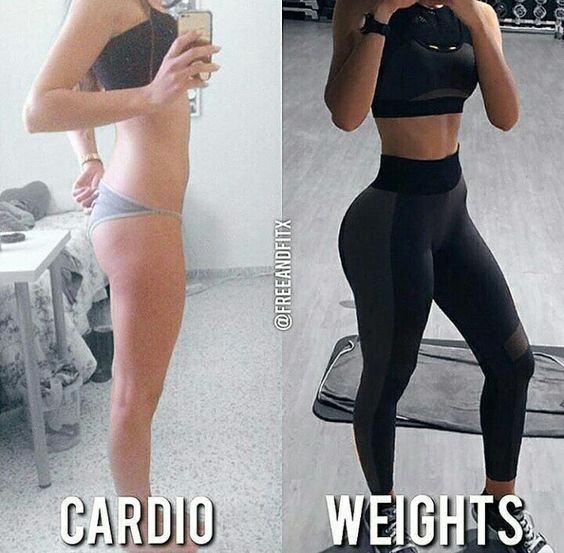
Cardio for one does not only come in the form of running, its rowing, cycling, hiking, swimming, HIIT and the list continues, and so when you say cardio, this is being incredibly general! Even if running is what’s implied by cardio, different forms of running such as trail running and hill sprints can be very good at working your muscles and glutes.
Second being that we all have a different genetic makeup, whilst we can to a certain degree shape/enhance our bodies by targeting specific areas through weight training and CARDIO, we may not always have the success that others have in the areas we seek for many reasons. Not everyone is born to be a natural runner, just like only few have the size and build to be as big as Arnold Schwarzenegger. Our bodies have limitations some of which you can move beyond, the rest is reserved for the elite 1% whose bodies are far superior and most likely that of an Athlete.

Thirdly we all have our own journey in fitness and so we each arrive at our destinations at different times and in different ways. So being closed minded to certain types of exercise is like not eating vegetables, they might not be your favourite thing on the plate, but deep down you know you should eat them.
Whilst ascetics can be one of the main driving forces behind exercise, the most important thing to remember is your health above all else. A diversity of both weight training and cardio should be applied to a balanced diet, not one or the other and so we really need to move beyond picking a side.
P.S If you are interested in finding out about personal training at PT Workspace you can contact [email protected]. In addition why not take a look at some of the personal trainers who already work with us here.
6 Fitness Pros You Should Know About!
Many of us have our loyal heath & fitness sources we turn to for information, or fitness pros which we admire and respect, follow through social media channels, magazines or blogs posts which is great. But sometimes in the world of media, ads, fads and trends it can be hard to distance yourself to see what’s real & honest when it comes to the world of fitness. Who should you really be following? Who is offering genuine advice? Is this natural or fake? good or bad for you?
So we have tracked down 6 fitness pros which we feel cut through the crud to deliver you what you need to hear from the heart. If you don’t know who they are already, get adding on your insta account!
Holly Davidson: Insta @hollyactive
Profile here
Personal trainer, Author, oh and black belt Kickboxer, Holly helps you step outside of your comfort zone and reassures you that you can to rise to any challenge. Great workout videos from an expert experienced in the field of all things fitness, no excuses just positive lifestyle changes.

Lawrence Price: Insta @FaFitsake
Personal Trainer, model, writer and by the looks of it an all round nice guy! Who just wants to share his fitness experience with you in a positive way. So If not taking yourself too seriously appeals to your nature, because you were always too cool for school anyhow, then you will love this guy!
Insta @laurentickner
Self made queen at only 21, this entrepreneur is one to watch! Having conquered growing her own fitness coaching company, she now guides others now through the snakes and ladders of branding and marketing. Lauren’s Instagram vs Reality images, just goes to show how she likes to keep it real.
Matt Hodges: Insta@Themphmethod
Personal trainer and owner of The MPH Method, Matt delivers fitness and nutrition blogs every day of the year. If there is a question or fad to be had, you can bet your protein shake he has conquered it.
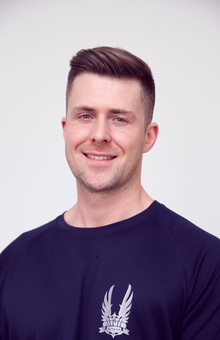
Caroline Edis: Insta @cetraining
Profile here
Personal Trainer fluent in Spanish ,Portuguese and French also known for pre and post-natal training. Caroline has walked in shoes of the city worker, and understands the real struggles which come with it. Proud Myth debunker and avid nutrition seeker, say hello to your happy endorphins with Caroline.
Florence Seabright : Insta @fitbyflo_
Profile here
Personal Trainer, Dancer and all round happy go lucky person with a smile to match. Flo lets you into her life, loves, trials and tribulations with the odd pieces of cake thrown in here and there. Fab fitness videos online which you can checkout alongside her vlog.
P.S If you are interested in finding out about personal training at PT Workspace you can contact [email protected]. In addition why not take a look at some of the personal trainers who already work with us here.
What is the main reason you are not working out?
They say people are creatures of habit, and in think many instances it is easy to see why we love routine. So how come when it comes to working out, we end up breaking up with exercise?
Certainly we have all been there when life gets a little hectic, and even getting a grip on day to day basics such as cooking and cleaning can seem like a long shot, but when the dust settles the next battle seems to be a mental one. Having spoken with some of the longest serving personal trainers at PT Workspace, here are a few reasons clients have expressed behind their break up with exercise. Does it sound familiar?
- I’m too tied and don’t have the energy- Sleep is incredibly important to your general productivity throughout the day. It’s no secret that many of us in the UK do not get enough sleep and so it’s important you find ways to combat this. Have a look at your diet and see if maybe you are drinking too much caffeine throughout the day or find that more energy rich foods an hour before a workout would be beneficial. The solution is not always cut and dry, but if the honest reason is motivation then you need to be real and talk with a professional like a personal trainers to address this issue.
- I have missed to many sessions- There really is no limit on how many times you start again, and it can be somewhat painful to know that you might need to build back up to the progress you once made. But rest assured, the greatest comeback comes from a setback, so the quicker you get going the quicker you will get there.
- I’m Busy- Yes it is a busy world we live in and working out is not always the main priority, however your health should at least be a priority of some sorts! It’s a known fact that exercise relieves stress and release those feel good endorphins so it’s good to make time for yourself, the world can wait an hour or two! If not try and see if you can schedule time in to your day and make exercise more of a routine to commit to.
- I’m Bored of my workout- Some days come more naturally than others when working out, which is why it’s recommended to switch up your routine and take a day to do something different. That could be a class or swimming or whatever keeps you feeling motivated to move. It may simply be that your exercise routine needs to change to accommodate a more challenging workout, if so speak to a professional PT who can challenge you.
- I’m worried everyone is looking at me- A great attraction to gym goers is that it gives you time and space to zone out, or perhaps if you get into it… Zone in. So the likelihood that everyone is looking at you is very slim. Everyone who is in the gym had a first day at some point, but if a mainstream gym is too overwhelming, explore other options, like at home personal training or quieter spaces such as PT Workspace which the general public cannot access.
If you happen to be injured then of course working out is probably not recommended, if so light exercise… But don’t feel too deflated, because when you can get back into the swing of the gym then there is always specialists avaliable to help you through injury rehab to avoid an injury recurring. As mentioned before there is no limit on how many times you can start again at the gym, because the worst workout will alway be better than the one you didn’t do!
P.S If you are interested in finding out about personal training at PT Workspace you can contact [email protected]. In addition why not take a look at some of the personal trainers who already work with us https://www.ptworkspace.co.uk/looking-for-a-personal-trainer/.
Challenges You Face as a Personal Trainer…
For those of you just starting out in the fitness industry the likelihood that at some point in your career you will face these challenges is high, and for personal trainers already established it will seem as all too familiar reading this post. However once you know what the challenges are you can then start planning how you are best going to conquer them.
Here are a few to get you going…
The Constant need for education: The fitness industry is ever evolving with new breakthroughs in science and biology alongside the fashionable trends which come and go. So even though you may not always believe in the fitness trend which has come around, you still need to be able to execute knowledge and understanding with your clients. Education is key to keeping your skills up to date and being seen as an expert in your field.
Client Base: Finding the right Client base can be incredibly difficult when establishing yourself. You have to take into account the area in which you are based, what type of clients you want to attract, how much will your targeted client base pay, making sure this client base has the motivation to invest in their own fitness and constantly marketing yourself to reach your target clients. So it can feel somewhat like a hard nut to crack but once you’ve cracked it you will be golden.
Setting an example: As a personal trainer looking in shape is incredibly important, your clients look to you for guidance and motivation, often aspiration too so you need to lead by example.. Keeping in shape is a challenge all on its own, but when your profession is based on it the stakes are a lot higher. You wouldn’t trust a hairdresser with bad hair after all…
Standing out: Over the last decade the number of PT’s avaliable has almost doubled and so the market has become saturated with personal trainers, not all of them very good either. So you need to elevate yourself above every other Tom, Dick and Harry out there professining they can do the same thing. Find your USP (unique selling point) and market yourself accordingly, you have to invest money in to get money out, whether that is in social media, your website or local advertisements.
New clients: A good personal trainer essentially works him/herself out of a job. Health and fitness is a lifestyle change. Once a client buys into that change, it becomes a habit. When a client becomes self-reliant, a trainer is no longer necessary. So it is important that you are regularly taking on new clients to combat those who will eventually leave you.
Location: There are many difficulties when it comes to finding the right location, especially as many gyms will not allow you to train your clients at their premises. It then becomes easy to get stuck working in-house at a big corporate gym working for peanuts. Thankfully thats where PT Workspace comes in, supporting independent PT’s with space to train clients. Don’t worry if we are not in the right location as we will be expanding soon and hopefully coming to a location near you. One less challenge to worry about…
As a personal trainer despite the challenges you face, your passion and drive to consistently make a difference will go a long way in changing people’s lifestyles. However you will need to be able to consistently learn, market and grow your business for it to be a success.
P.S If you are interested in finding out about personal training your client at PT Workspace you can contact [email protected]. In addition why not take a look at some of the independent personal trainers who already work and market themselves with us https://www.ptworkspace.co.uk/trainers/.
For additional marketing support for personal trainers click Here.
Justin ST Paul’s Top Tips for Summer
PT Workspace has recently had the pleasure of welcoming WBFF pro & personal trainer Justin St Paul alongside 1st Man London to our personal training studio, to share with you some of his top tips for Summer. As an athlete and PT, Justin has compiled some essential exercises to help burn fat and build muscle on those all important areas, which have you feeling a little self-conscious so you can face the summer with confidence.
Check out the video below and see if you could add one or more of these exercises to your workout routine.
P.S If you are interested in finding out more about personal training at PT Workspace you can contact [email protected]. In addition why not take a look at some of the personal trainers who already work with us https://www.ptworkspace.co.uk/trainers/.


